Tongdosa Temple – 통도사 (Yangsan, Gyeongsangnam-do)
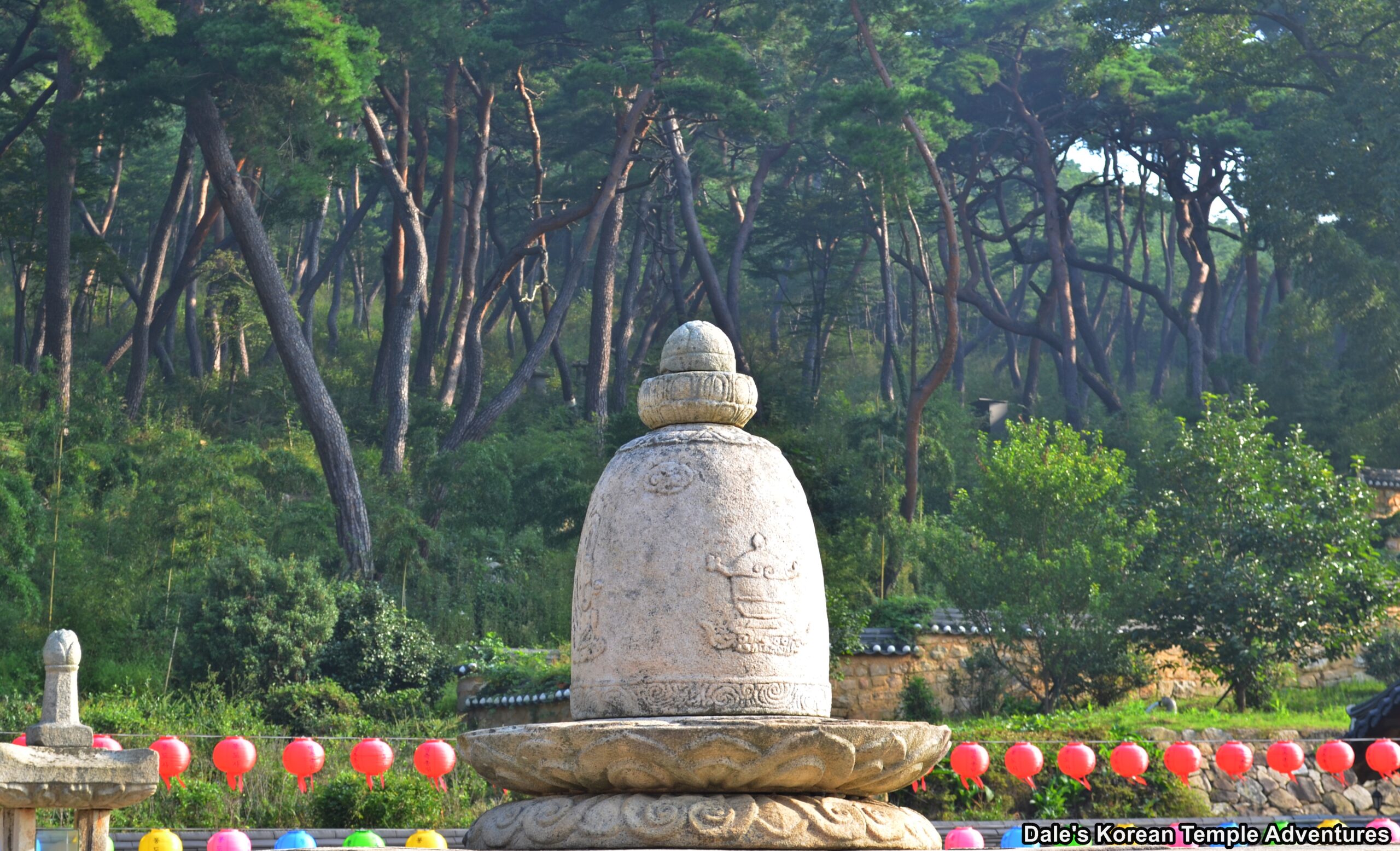
Temple History
Tongdosa Temple, which is located in northern Yangsan, Gyeongsangnam-do, is the largest temple in all of Korea with twenty hermitages spread throughout its vast grounds. Tongdosa Temple means “Passing Through to Enlightenment Temple,” in English. Tongdosa Temple was first founded in 646 A.D. by the famed monk Jajang-yulsa (590-658 A.D.). According to the “Tongdosa-sarigasa-sajeok-yannok,” the temple site was originally a large pond, but it was covered over by landfill so as to allow for Tongdosa Temple to be built. Also, according to the “Tongdosa-yakji,” the name of Mt. Yeongchuksan, which is where Tongdosa Temple is located, the mountain was named after the mountain in India where the Buddha (Seokgamoni-bul) gave his dharma talks. Mt. Yeongchuksan had the same rocky appearance as the original in India. So using Chinese characters (Hanja), the mountain was called Yeongchuksan.
According to the Samguk Yusa (Memorabilia of the Three Kingdoms), Jajang-yulsa founded Tongdosa Temple. Jajang-yulsa traveled to Tang China (618–690, 705–907 A.D.) in 636 A.D. to study alongside ten other monks. Upon his return to Silla on the Korean peninsula, Jajang-yulsa brought with him Buddhist texts and holy relics of the Buddha that were given to him by Munsu-bosal (The Bodhisattva of Wisdom) during his travels in Tang China. Besides the Great Tripitaka (a collection of Buddhist sutras, laws, and treatises), Jajang-yulsa also returned to Silla with the Buddha’s (Seokgamoni-bul) robe, alms bowl, a tooth, and a part of his jaw bone. Jajang-yulsa acquired all these items in Tang China in 643 A.D. After its establishment, Tongdosa Temple gradually grew in size and became the centre for Korean Buddhism under the protection of the royal family.
So much of Tongdosa Temple’s history centres on the preservation of the sari of Seokgamoni-bul (The Historical Buddha). At the time of its founding by Jajang-yulsa, Tongdosa Temple had several buildings that surrounded the centrally located Geumgang Gyedan (The Diamond Altar), which housed the sari of the Buddha. Later, in 1085, during the reign of King Seonjong of Goryeo (r. 1083-1095), Tongdosa Temple was greatly expanded. According to the Samguk Yusa, again, Commander Kim Ri-saeng and Sirang Yuseok were commanding the troops on the east side of the Nakdong River under the orders of King Gojong of Goryeo (1213-1259) in 1235. Together, they visited Tongdosa Temple, where they lifted the stone lotus bud at the centre of the Geumgang Gyedan, where the sari of the Buddha are housed. They wanted to pay their respects to Seokgamoni-bul (The Historical Buddha) as devout Buddhists. One of the glass containers inside the stone lotus bud cracked, so Yuseok donated a crystal container he had to help store some of the sari. According to the Samguk Yusa, this was the first time that human hands touched the Buddha’s sari at Tongdosa Temple.
Several other buildings at Tongdosa Temple were built in 1340 and 1369 like the Myeongbu-jeon Hall, the Geukrak-jeon Hall, the Yaksa-jeon Hall, and Hwaeom-jeon Hall. Then, in 1377, when the Japanese trespassed on the temple grounds to steal the sari of the Buddha, Wolsong-daesa, who was the head monk at Tongdosa Temple at that time, hid the sari in safety, concealed from the Japanese. Then, in a second invasion by the Japanese in 1379, Wolsong-daesa took refuge in the capital of Gaegyeong (modern-day Kaeseong, North Korea) with the Buddha’s sari.
During the Imjin War (1592-1598), the sari at Tongdosa Temple were plundered by the Japanese army. However, Grhapati Baegok from Dongnae (in modern-day Busan), who was captured by the Japanese, recovered the sari and escaped to safety with the sari. Afterwards, the famed monk Samyeong-daesa (1544-1610) sent two sari cases to Mt. Geumgangsan (modern-day North Korea). Then, with the Imjin War at an end in 1603, the Geumgang Gyedan (Diamond Altar) was restored after being ruined, and the sari of the Buddha were enshrined once more at Tongdosa Temple in their original spot at the temple. Ever since the early 17th century, Tongdosa Temple has undergone numerous renovations and rebuilds. In total, the Geumgang Gyedan has been repaired seven times in 1379, 1603, 1652, 1705, 1743, 1823, and 1911.
An interesting creation myth centres on Jajang-yulsa. The large pond that was to become the future location of Tongdosa Temple was called Guryong-ji, or “Nine Dragons Pond” in English. Legend has it that there were nine dragons that were living in Guryong-ji. These dragons didn’t want to leave Guryong-ji. Jajang-yulsa prayed, chanted, and wrote Buddhist scriptures in an attempt to get the dragons to leave; but in the end, and despite all Jajang-yulsa’s efforts, the nine dragons still refused to leave. Then Jajang-yulsa wrote the Chinese character (Hanja) for fire on a piece of paper and threw it into the air while swirling Guryong-ji with a stick. Mysteriously, the water in the lake began to boil. Three of the dragons flew out of the water to escape the heat. Disoriented, they crashed into the neighbouring hillside. The place where they died is called Yonghyeolam, or “Dragon Blood Rock,” in English, and can be found on the temple grounds to this day. The other five dragons flew to the south-west in a valley now known as Oryonggok, or “Five Dragon Valley,” in English. The last of the nine dragons stayed in Guryong-ji and was blinded by the boiling water. This ninth dragon promised Jajang-yulsa that if he could stay in Guryong-ji, he would help guard the temple. Jajang-yulsa agreed, and the dragon still takes up residence at Guryong-ji west of the present Daeung-jeon Hall.
Alongside Haeinsa Temple (The Dharma) in Hapcheon, Gyeongsangnam-do, Songgwangsa Temple (Sangha) in Suncheon, Jeollanam-do, Tongdosa Temple (Buddha) make up the Three Jewel Temples (삼보사찰, or Sambosachal in English) in Korea. Tongdosa Temple also participates in the popular Temple Stay program.
Tongdosa Temple is home to one National Treasure, the Daeung-jeon Hall, and 18 additional Korean Treasures. Of these 18 Korean Treasures, 11 can be found inside the Tongdosa Museum, while the remaining 7 can be found throughout the temple grounds. Tongdosa Temple has one of the largest collections of Korean Treasures at a single temple in Korea.
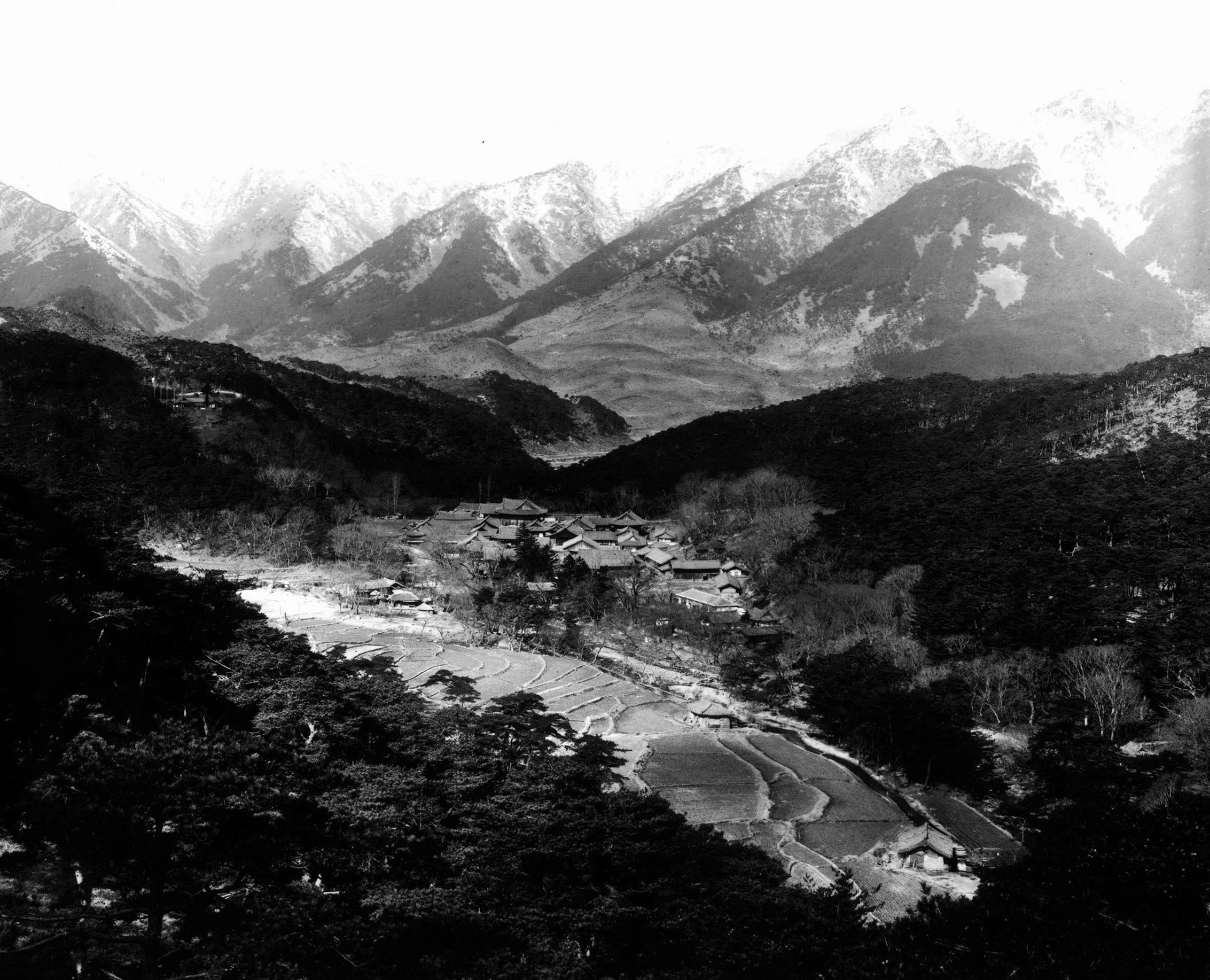
Temple Layout
Tongdosa Temple is beautifully situated to the south of the towering Mt. Yeongchuksan (1082.2 m). Bisected by a stream that flows from the granite mountains, you’ll make your way up a trail shaded by the mature canopy of twisted red pines. Along the way, you’ll notice that the rock faces are covered in ancient carved graffiti. The first real sign that you’ve finally arrived at the temple is the large budowon (stupa field) dedicated to centuries of monks that once called Tongdosa Temple home. It’s situated to your right, and there are literally dozens of stupas and steles.
Just past the equally iconic and historic Banwol-gyo Bridge and the temple museum, is Tongdosa Temple’s Iljumun Gate. The pathway between this gate and the next, the Cheonwangmun Gate, is often filled with paper lanterns during Buddha’s birthday. Inside the Cheonwangmun Gate are the fierce-looking Four Heavenly Kings, which, rather uniquely, have all of the Four Heavenly Kings situated in the right place, but they are mislabeled on the plaques out in front of each king.
On the other side of this gate, you’ll enter into the lower courtyard at Tongdosa Temple, which is known as Haro-jeon in Korean. There are three shrine halls of importance inside the courtyard; namely, the Geukrak-jeon Hall, the Yaksa-jeon Hall, and the Yeongsan-jeon Hall. Also found in the lower courtyard is the two-story temple bell pavilion. The first of the three is the Geurak-jeon Hall to your right. This temple shrine hall is dedicated to Amita-bul. The Geukrak-jeon Hall was first constructed in 1369, but the current Geukrak-jeon Hall was built in 1801. Around the exterior walls, you’ll find a pair of Geumgang-yeoksa (Vajra Warriors), as well as one of the most beautiful Banya Yongseon-do (Dragon Ship of Wisdom) murals in all of Korea. Unfortunately, most of the lower portion of the painting has been lost caused by the passage of time.
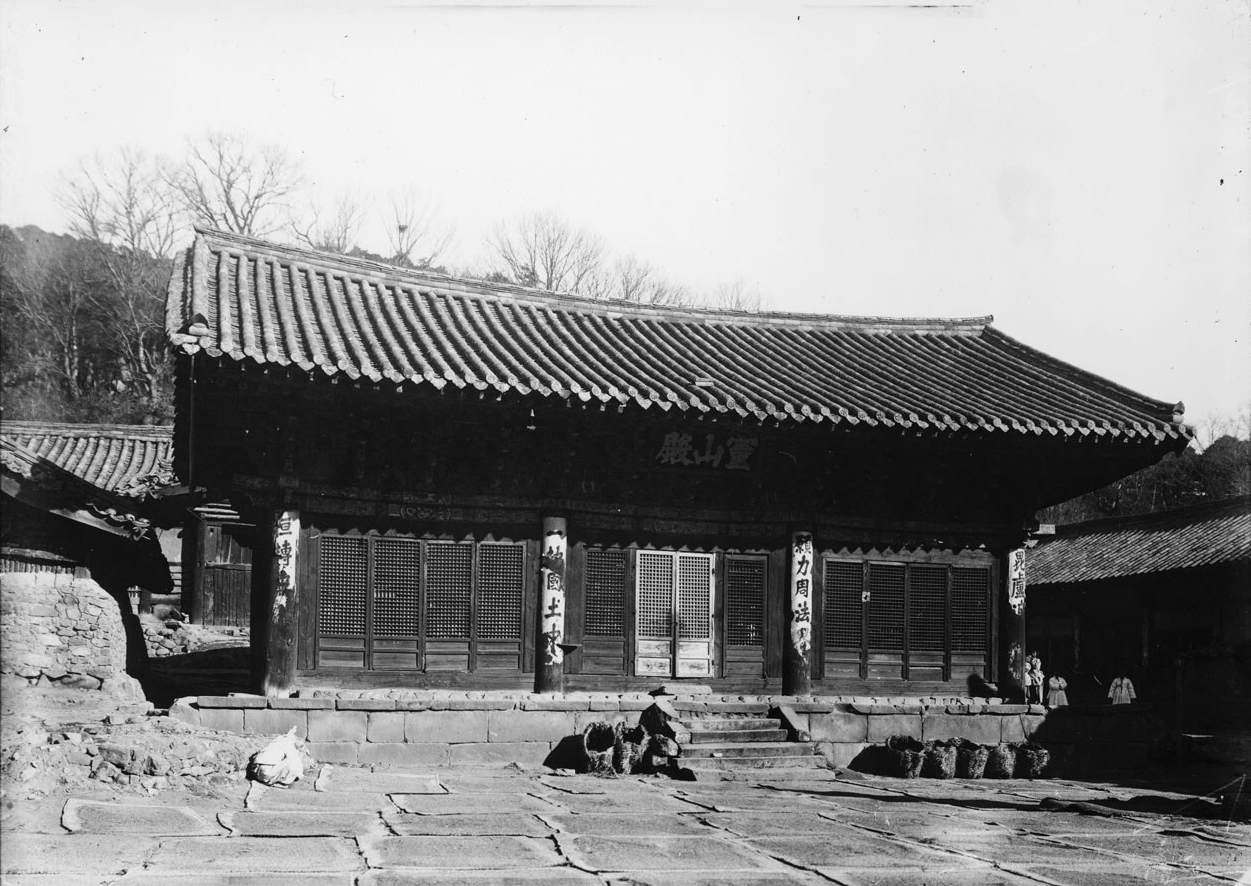
To the right of the Geukrak-jeon Hall is the Yeongsan-jeon Hall. The Yeongsan-jeon Hall, which is known as Vulture Peak Hall in English, was rebuilt in 1714. The original structure, along with the neighbouring Cheonwangmun Gate, were destroyed in a fire in 1713. The exterior walls are adorned with 17 fading murals, while the interior is adorned with 52 paintings that date back to this shrine hall’s reconstruction. Of these 52 murals, 50 of them are scenes from the “Life and Activities of Seokgamoni-bul,” or “Seokssi wollyu eunghwa sajeok” in Korean. Three of the four remaining paintings are dedicated to the “Vision of the Bejeweled Stupa” from the Lotus Sutra. These three panels occupy the far left wall and depict a beautiful pagoda with both Dabo-bul (Abundant Treasures Buddha) and Seokgamoni-bul (The Historical Buddha) inside the stupa. The remaining historical murals inside the shrine hall is a painting of dragons and clouds placed behind the main altar statue of Buddha that rests in the far right corner of the Yeongsan-jeon Hall. All of these 52 paintings were created in 1715 by fourteen monks. These murals, which are known as the Mural Paintings in Yeongsanjeon Hall of Tongdosa Temple, are Korean Treasure #1711. Additionally, the Yeongsan-jeon Hall at Tongdosa Temple is Korean Treasure #1826. And the Buddhist Painting in Yeongsanjeon Hall of Tongdosa Temple (The Eight Great Events), which are now housed in the Tongdosa Temple Museum, are Korean Treasure #1041.
And the final temple shrine hall in the lower temple courtyard is the Yaksa-jeon Hall. Resting inside the Yaksa-jeon Hall is a solitary image of Yaksayeorae-bul (The Buddha of the Eastern Paradise, and the Medicine Buddha). There’s a beautiful circular Koi pond to the front right of the Yaksa-jeon Hall. Also, there is the Three-Story Stone Pagoda of Tongdosa Temple in the centre of the three aforementioned temple shrine halls. The three-story structure dates back to Unified Silla (668-935 A.D.), and it stands 3.9 metres in height. The Three-Story Stone Pagoda of Tongdosa Temple is Korean Treasure #1471.
The rest of the lower courtyard is occupied by the temple gift shop, the Jong-ru Pavilion (Bell Pavilion), and the Garam-dang Hall. The Garam-dang Hall is dedicated to the land deity for which the temple occupies. While the painting inside the Garam-dang Hall is similar to that of a Shinjung Taenghwa (Guardian Mural), but the central image of the Garam-dang Hall altar painting has a likeness of the local land deity. As for the Jong-ru Pavilion, it’s a two storied structure that has beautiful examples of all four traditional Buddhist percussion instruments.
While passing through the Bulimun Gate (The Gate of Non-Duality), and if you look up, you’ll notice that there are an assortment of paintings and wood sculptures inside the Bulimun Gate. Perhaps the most prominent are the white elephant and orange tiger sculptures, playing upon the interconnection found between Buddhism and shamanism at Korean temples. Also, the two front panels of this third, and final, entry gate at Tongdosa Temple are a vibrant pair of taeguk designs.
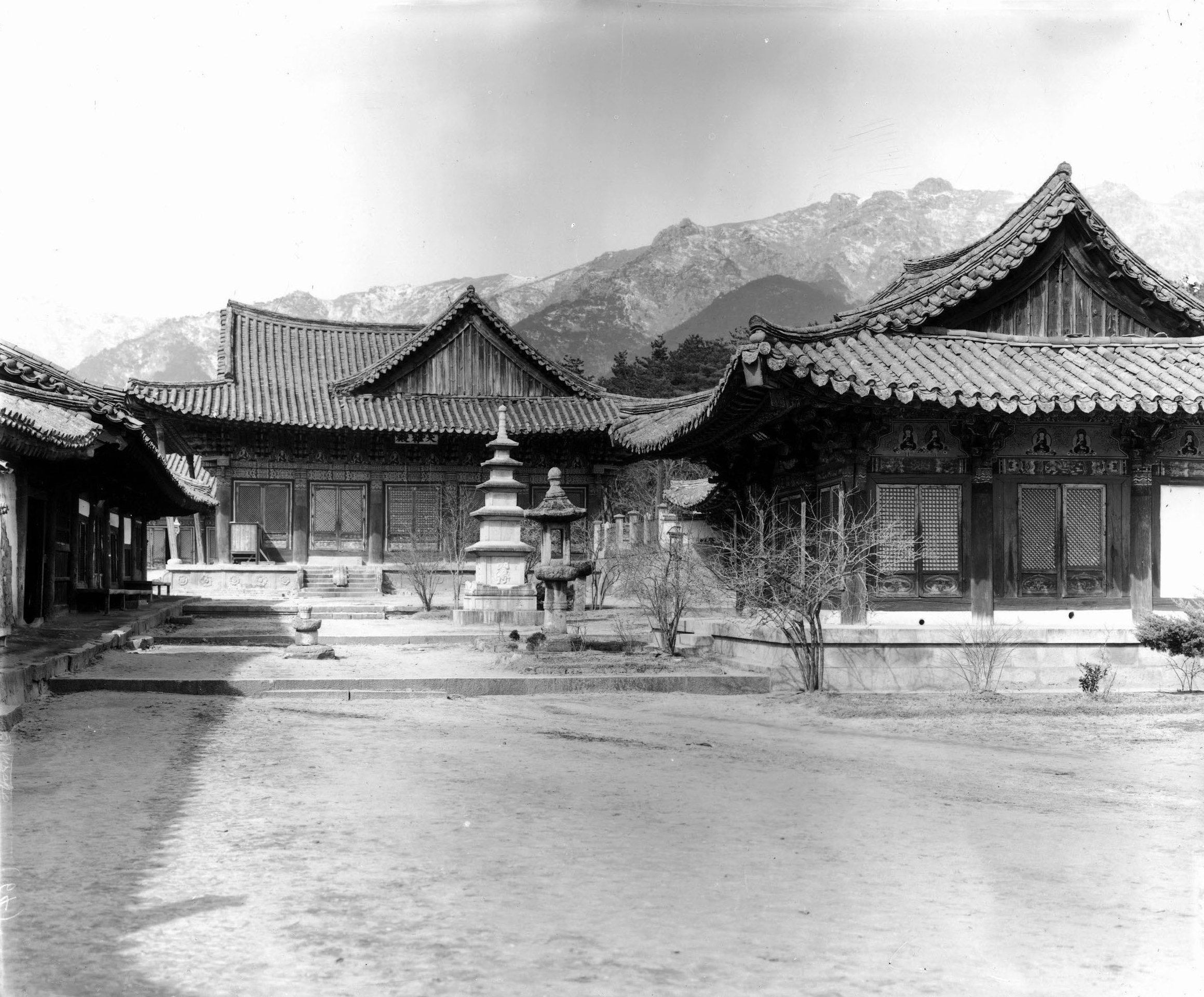
Finally on the other side of the openly designed Bulimun Gate, you’ll now find yourself in the middle courtyard at Tongdosa Temple, or the Jungno-jeon in Korean. Straight ahead is the Gwaneum-jeon Hall, which is occupied by a solitary, seated image dedicated to Gwanseeum-bosal (The Bodhisattva of Compassion). The interior paintings have various depictions of Gwanseeum-bosal, as well as murals of Mt. Potalaka, or Mt. Botarakgasan in Korean. Not only is this the first temple shrine hall that visitors can explore in the middle courtyard, but it’s probably the most popular next to the Daeung-jeon Hall in the middle courtyard. The original Gwaneum-jeon Hall was destroyed during the Imjin War (1592-1598). The current Gwaneum-jeon Hall dates back to 1780. The Gwaneum-jeon Hall is fronted by a seokdeung (stone lantern). And to the left of the stone lantern is another three-story pagoda. This stone pagoda is similar to the one found in the lower courtyard with the key distinction being the guardians that surround the base of this stone structure.
Behind the Gwaneum-jeon Hall is the Yonghwa-jeon Hall, which is dedicated to Mireuk-bul (The Future Buddha). Housed inside the Yonghwa-jeon Hall is a large, white image of Mireuk-bul. This large image is joined on both sides by smaller images of the Future Buddha. Around the exterior walls of the Yonghwa-jeon Hall, you’ll find older wood sculptures of dragons protruding out from under the eaves, as well as a beautiful, blue dragon mural adorning the left exterior wall. But perhaps what’s most prominent about the Yonghwa-jeon Hall is the Alms Bowl Pagoda of Tongdosa Temple out in front of it. The name of the Alms Bowl Pagoda of Tongdosa Temple is called “Bongbal-tap” in Korean. It’s often called the robe and bowl tower, as it houses the actual robe and alms bowl of the Historical Buddha, Seokgamoni-bul. The Alms Bowl Pagoda of Tongdosa Temple is Korean Treasure #471, and it’s packed with symbolic meaning. The Buddha’s robe and bowl are regarded as symbols of the Buddhist teachings being handed down to teachers and their disciples. And the location of the Alms Bowl Pagoda out in front of the Yonghwa-jeon Hall indicates that Mireuk-bul will inherit the teachings and mantle of the Buddha upon Mireuk-bul’s return in 5.67 billion years. Lastly, it’s believed that the Alms Bowl Pagoda of Tongdosa Temple was first built during the Goryeo Dynasty (918-1392).
And behind the Yonghwa-jeon Hall is the Daegwangmyeong-jeon Hall with a beautiful statue of Birojana-bul (The Buddha of Cosmic Energy) inside. The hall was rebuilt in 1758, which was two years after it was destroyed in a fire. The entire Daegwangmyeong-jeon Hall is filled with beautiful dancheong artwork from the late Joseon Dynasty (1392-1910). The Daegwangmyeong-jeon Hall is Korean Treasure #1827, while the Buddhist Painting in Daegwangmyeongjeon Hall of Tongdosa Temple (Buddha Triad) that now resides in the temple museum is Korean Treasure #1042.
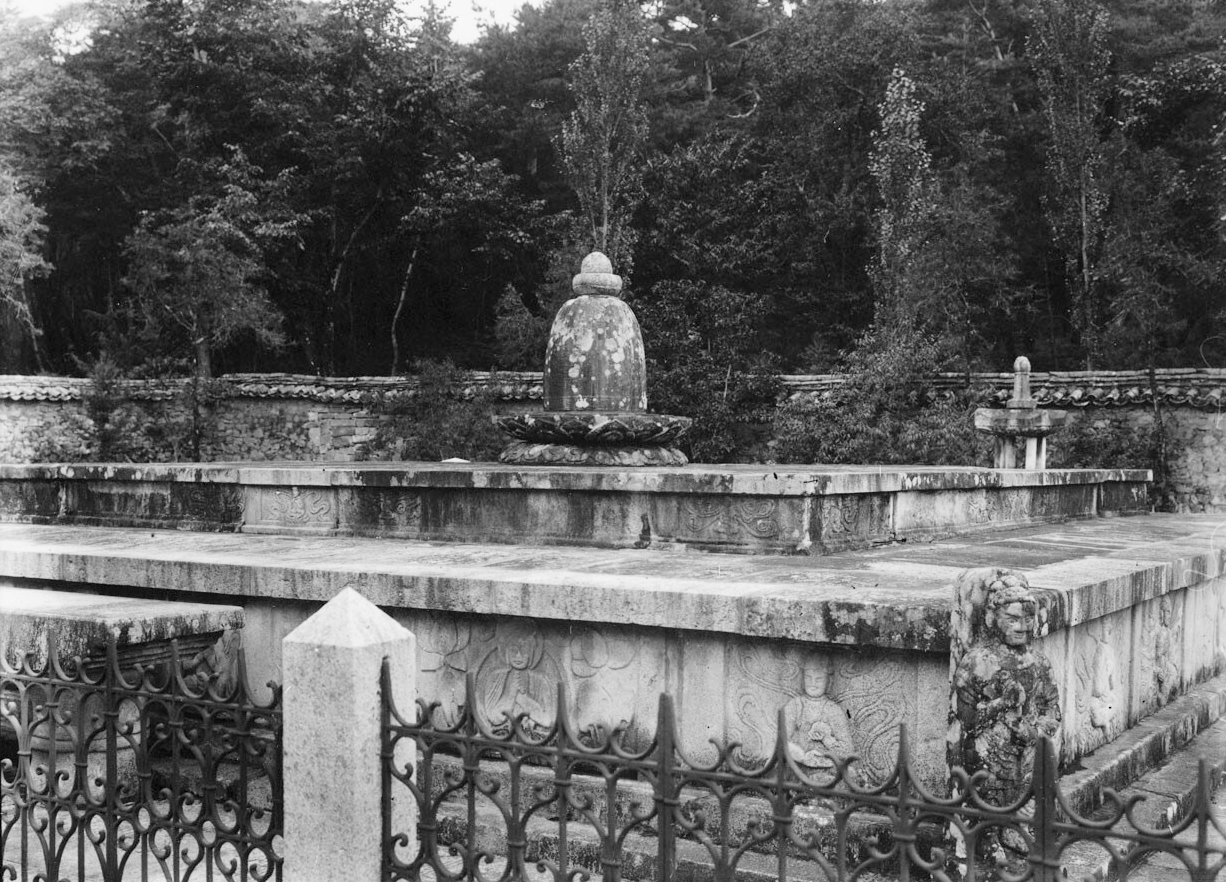
The most important shrine hall at Tongdosa Temple is the Daeung-jeon Hall, which is situated in the upper courtyard. The Daeung-jeon Hall at Tongdosa Temple dates back to 1645, and it’s National Treasure #290. Instead of housing a solitary statue of Seokgamoni-bul (The Historical Buddha) on the main altar, or even a triad of statues, there’s a window on the main altar that looks out onto the Geumgang Gyedan, or “The Diamond Altar” in English. In the centre of the Geumgang Gyedan is a stone lotus bud. Housed inside this stone lotus bud are the partial remains of the Buddha. The remains were brought back to the Korean peninsula by Jajang-yulsa (590-658 A.D.), who was the founder of Tongdosa Temple. The presence of the Buddha’s remains are meant to symbolize that the Buddha is always with us; and instead of being symbolically present through statues or paintings, the Buddha is actually physically present with us at Tongdosa Temple to help guide devotees. The corners of the stone altar are adorned with the Four Heavenly Kings. And the stone bases of the Geumgang Gyedan are decorated with Bicheon (Flying Heavenly Deities), Buddhas, and Bodhisattvas. There are also a pair of stone railings that act as barriers. Since it was first built during the Silla Dynasty (57 B.C. – 935 A.D.), it has undergone several reconstructions throughout the Goryeo Dynasty (918-1392) and the Joseon Dynasty (1392-1910). The Geumgang Gyedan is also used for the ordination ceremony of novice monks. And the diamond in the name of the ceremonial altar is meant to symbolize the soundness of the Buddha’s teachings. Interestingly, there are four name plaques that hang over the three entries to the Daeung-jeon Hall and one above the window that looks out onto the Geumgang Gyedan. The eastern entrance says “Daeung-jeon” (self-explanatory); the western entrance reads Daebanggwang-jeon, which is another name for the main hall; the southern plaque reads “Geumgang Gyedan” (again, self-explanatory); and the northern plaque reads “Jeokmyeolbo-gung,” which is in reference to the five historical temples that house the sari (crystallized remains) of the Buddha, Seokgamoni-bul, as founded by Jajang-yulsa.
Other temple shrine halls in the upper courtyard, and those that surround the Daeung-jeon Hall, are the Myeongbu-jeon Hall, the Eungjin-jeon Hall, the Samseong-gak Hall, and the Sanshin-gak Hall. The Myeongbu-jeon Hall is situated in the upper courtyard out in front of the Daeung-jeon Hall. The Myeongbu-jeon Hall at Tongdosa Temple was first built in 1369. The Myeongbu-jeon Hall was destroyed twice by fire and rebuilt twice: first in 1760 and then in 1888. The present building was completed in 1891. The exterior of the Myeongbu-jeon Hall are largely occupied by fading dancheong colours. Stepping inside the Myeongbu-jeon Hall, you’ll find a green haired image of Jijang-bosal (The Bodhisattva of hte Afterlife on the main altar). This statue is joined to the right and left by the Siwang (The Ten Kings of the Underworld). And adorning the interior of the Myeongbu-jeon Hall are murals of stories that were popular during the late Joseon Dynasty. This includes a Kkachi horangi (magpie and tiger) mural in the top left corner of the shrine hall.
Facing the Daeung-jeon Hall, and now to the left, you’ll find the Eungjin-jeon Hall. The current Eungjin-jeon Hall was constructed in 1677. And it has been renovated numerous times since, including a renovation that took place between 2021 to 2022. The left exterior wall are adorned with a few paintings including a Geumgang-yeoksa (Vajra Warrior) painting. Stepping inside the Eungjin-jeon Hall, you’ll find a triad of statues centred by Seokgamoni-bul (The Historical Buddha), who is joined on either side by Yeondeung-bul (The Past Buddha) and Mireuk-bul (The Future Buddha). These main altar statues are joined by sixteen statues of the Nahan (The Historical Disciples of the Buddha). And on the far right wall, you’ll find yet another of the tiger murals at Tongdosa Temple. This vibrant historical painting was discovered during the latest round of renovations on this temple shrine hall.
Past the Eungjin-jeon Hall, and to the left of the Guryong-ji Pond (which is key to the founding myth story), is the Samseong-gak Hall. Housed inside this shaman shrine hall are images of Chilseong (The Seven Stars), Dokseong (The Lonely Saint), and murals dedicated to three monks: Jigong (1289-1363), Naong (1320-1376), and Muhak (1327-1405). It’s also in this area that you’ll see the elevated Sanshin-gak Hall that houses a large and beautiful image dedicated to Sanshin (The Mountain Spirit).
Tongdosa Temple Hermitages
In total, Tongdosa Temple is home to an impressive 17 hermitages spread throughout its expansive temple grounds. Some are closer to the temple, while others are further away and up the neighbouring mountains. Here is a list of the 17 hermitages at Tongdosa Temple:
1. Gwaneumam Hermitage – 관음암
3. Geumsuam Hermitage – 금수암
5. Baengnyeonam Hermitage – 백련암
12. Sudoam Hermitage – 수도암
16. Chukseoam Hermitage – 축서암
17. Chwiunam Hermitage – 취운암
How To Get There
From Busan, you’ll first need to get to the Nopo subway stop, which is stop #134. From there, go to the inter-city bus terminal. From the inter-city bus terminal get a bus bound for Tongdosa Temple. The ride should last about 25 minutes. The buses leave every 20 minutes from 6:30 a.m. to 9:00 p.m. From where the bus drops you off at the Tongdosa Bus stop, you’ll need to walk an additional 10 minutes to the temple grounds west of the bus stop.
Overall Rating: 10/10
What isn’t to love about Tongdosa Temple? It’s filled with a dozen temple shrine halls, the temple is 1,500 years old, it’s the largest temple in Korea, and it has 20 hermitages that one can explore with the price of admission to Tongdosa Temple. To top it off, you get to view the partial remains of the Buddha, which is only one of a handful of authentic shrines in all of Korea to house them. Without a doubt, Tongdosa Temple is an absolute must see. In fact, if you were only to see one temple in Korea, this would be the temple to see!
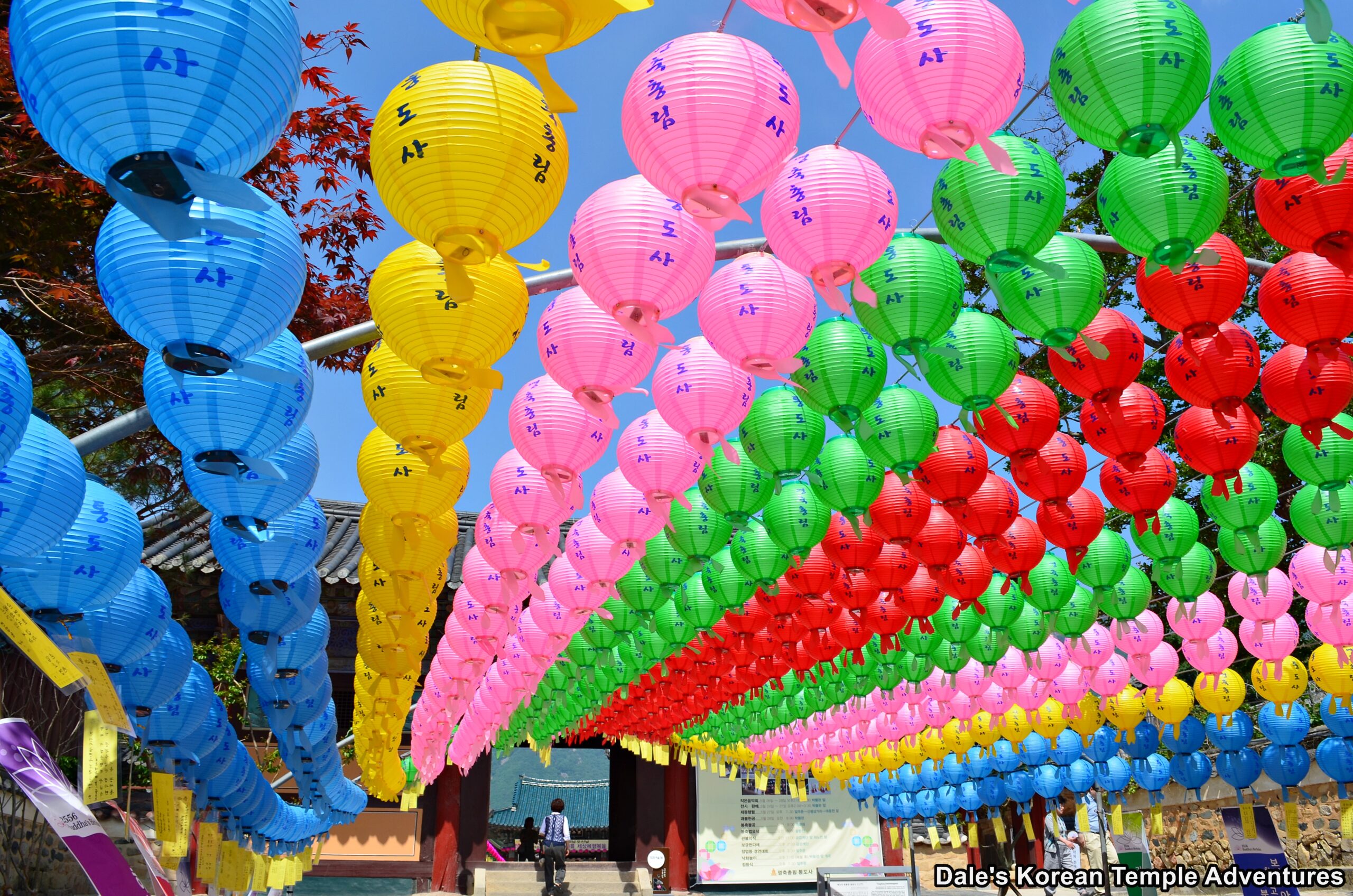
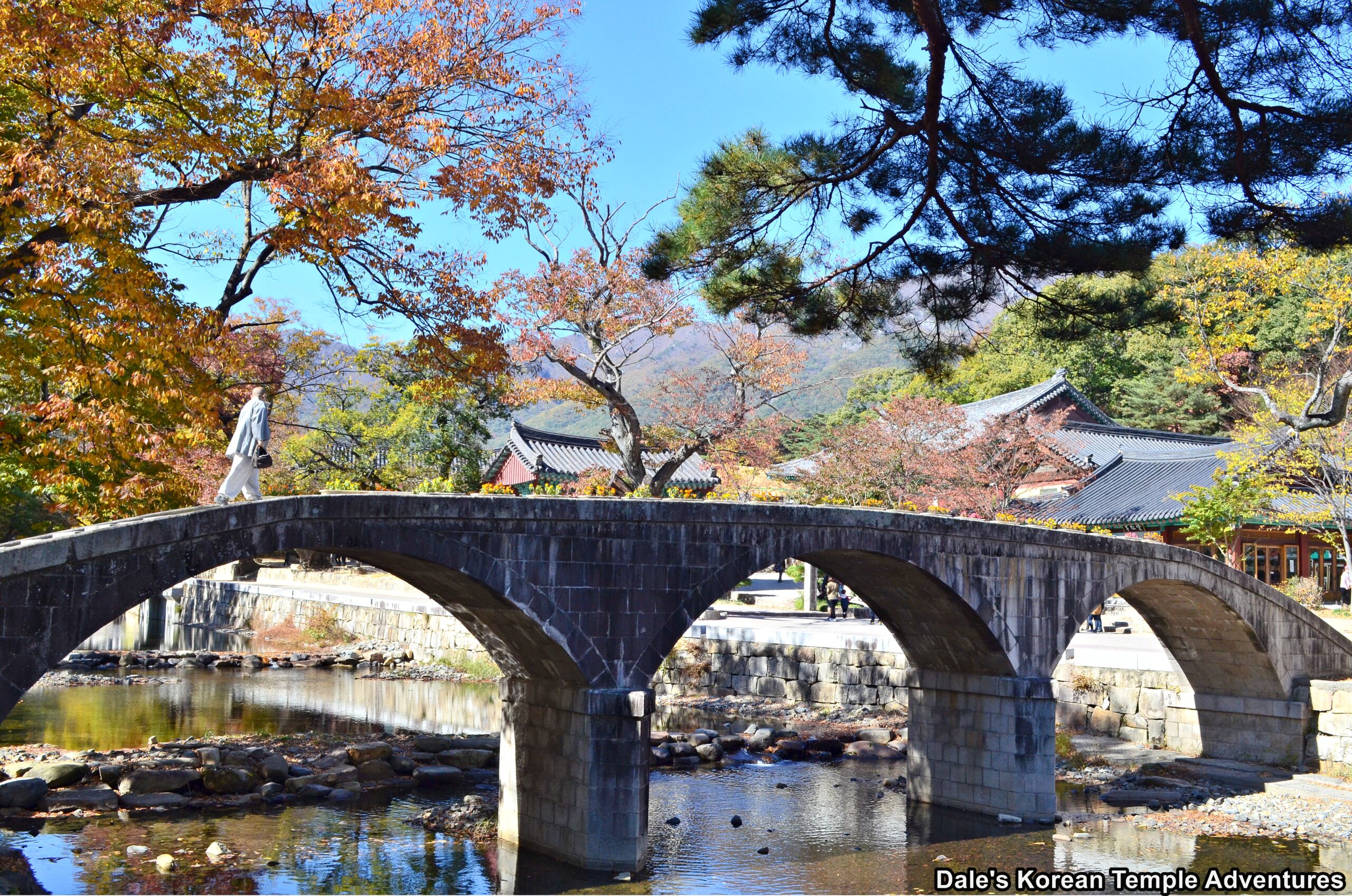
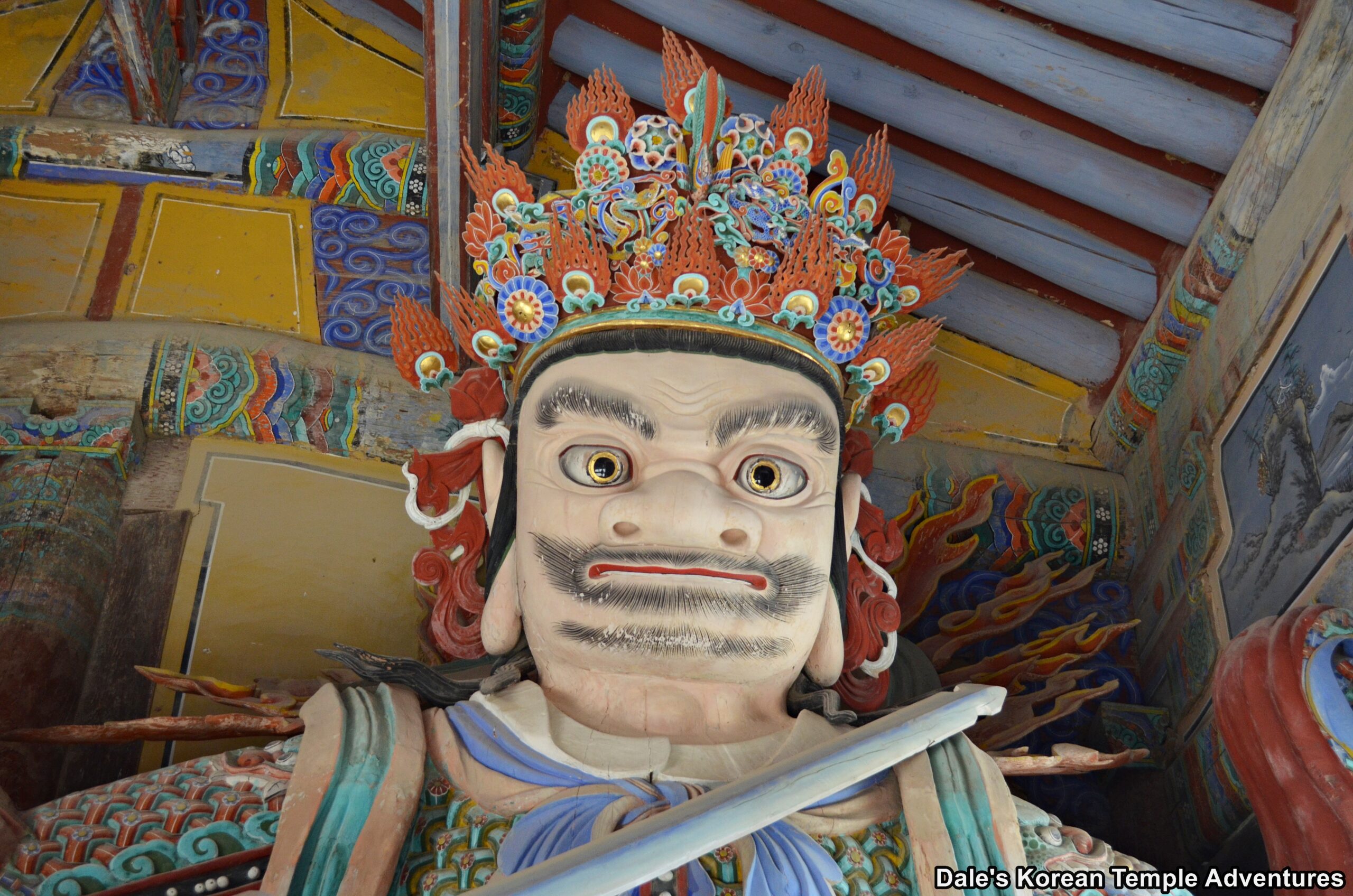
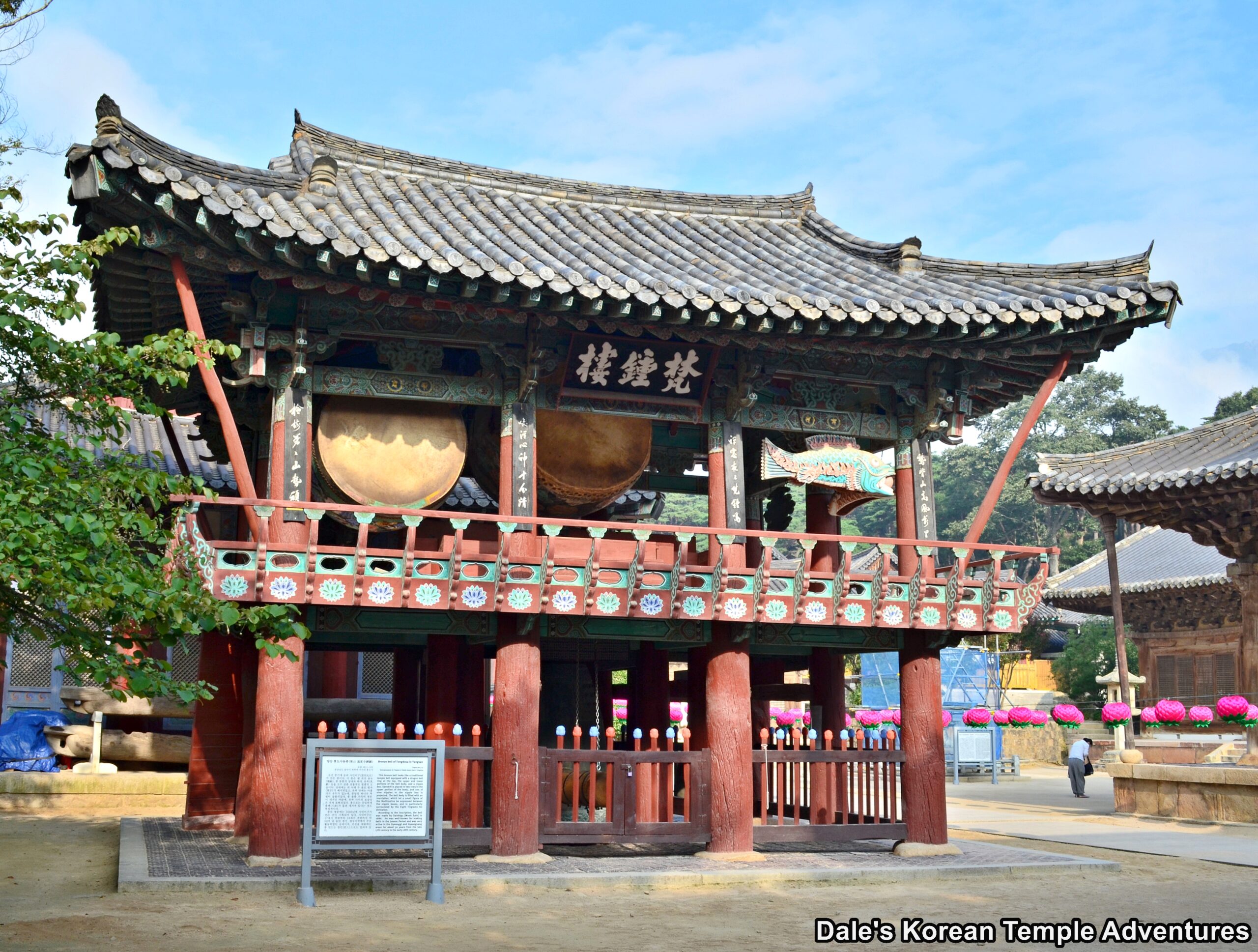
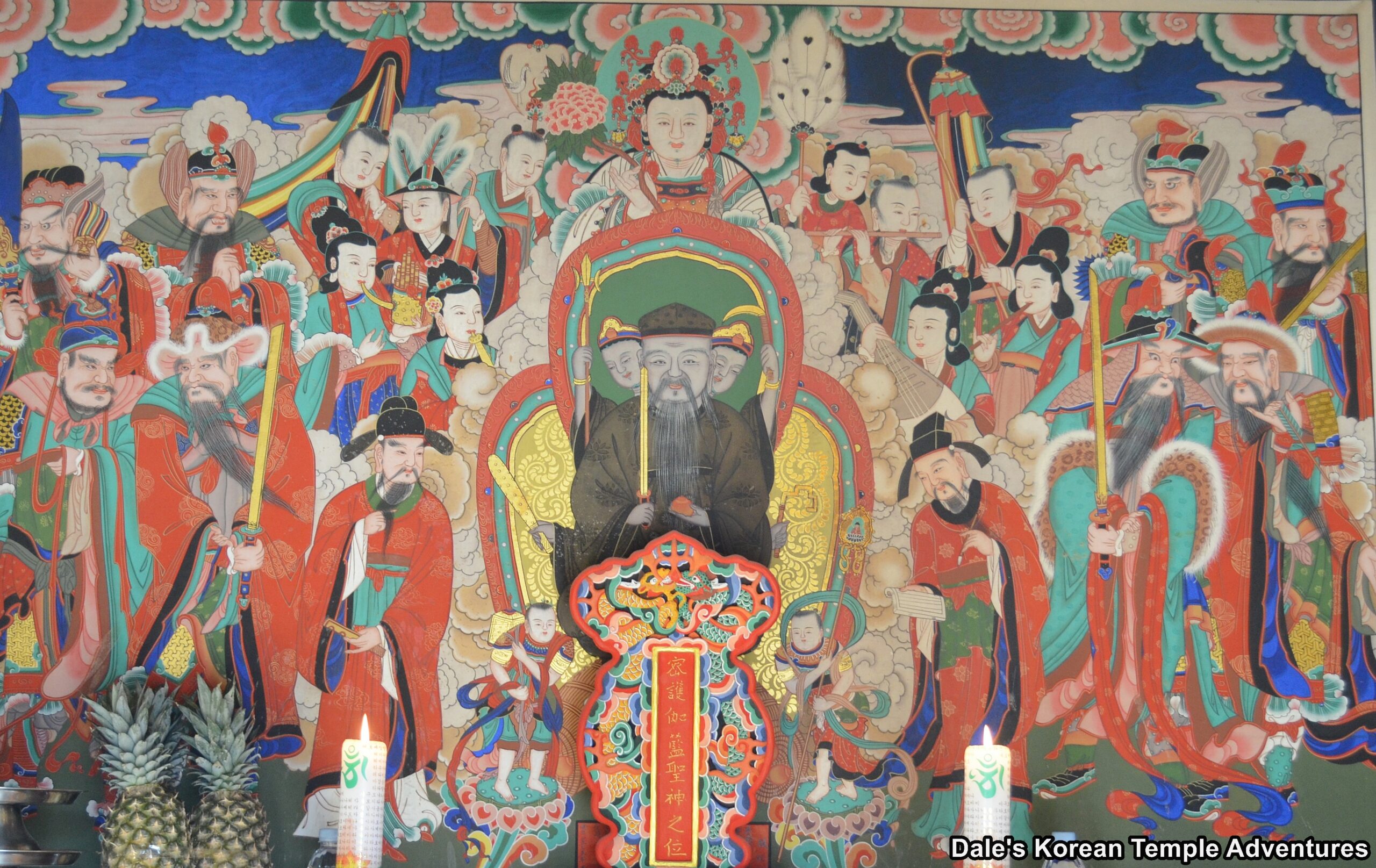
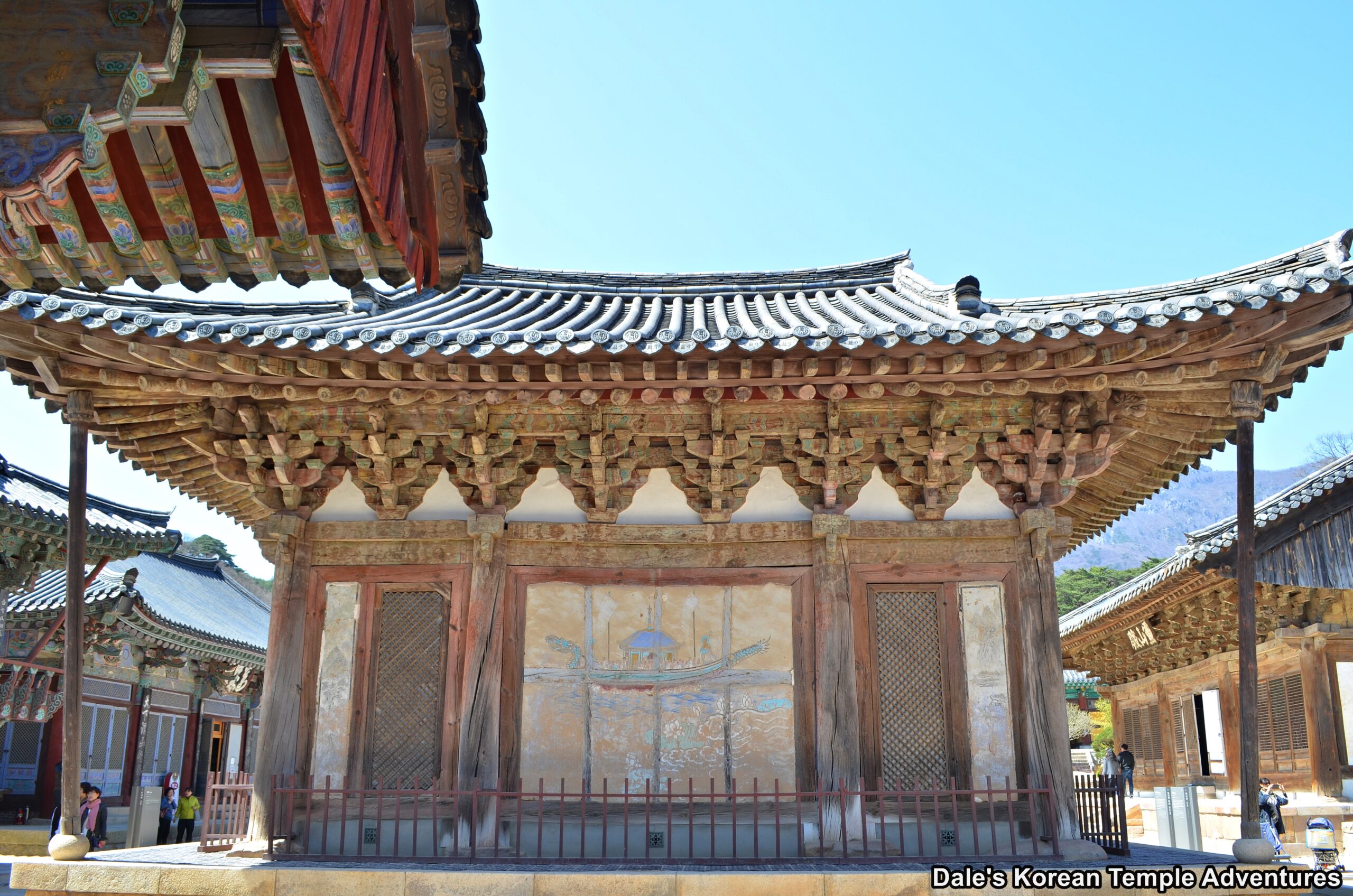

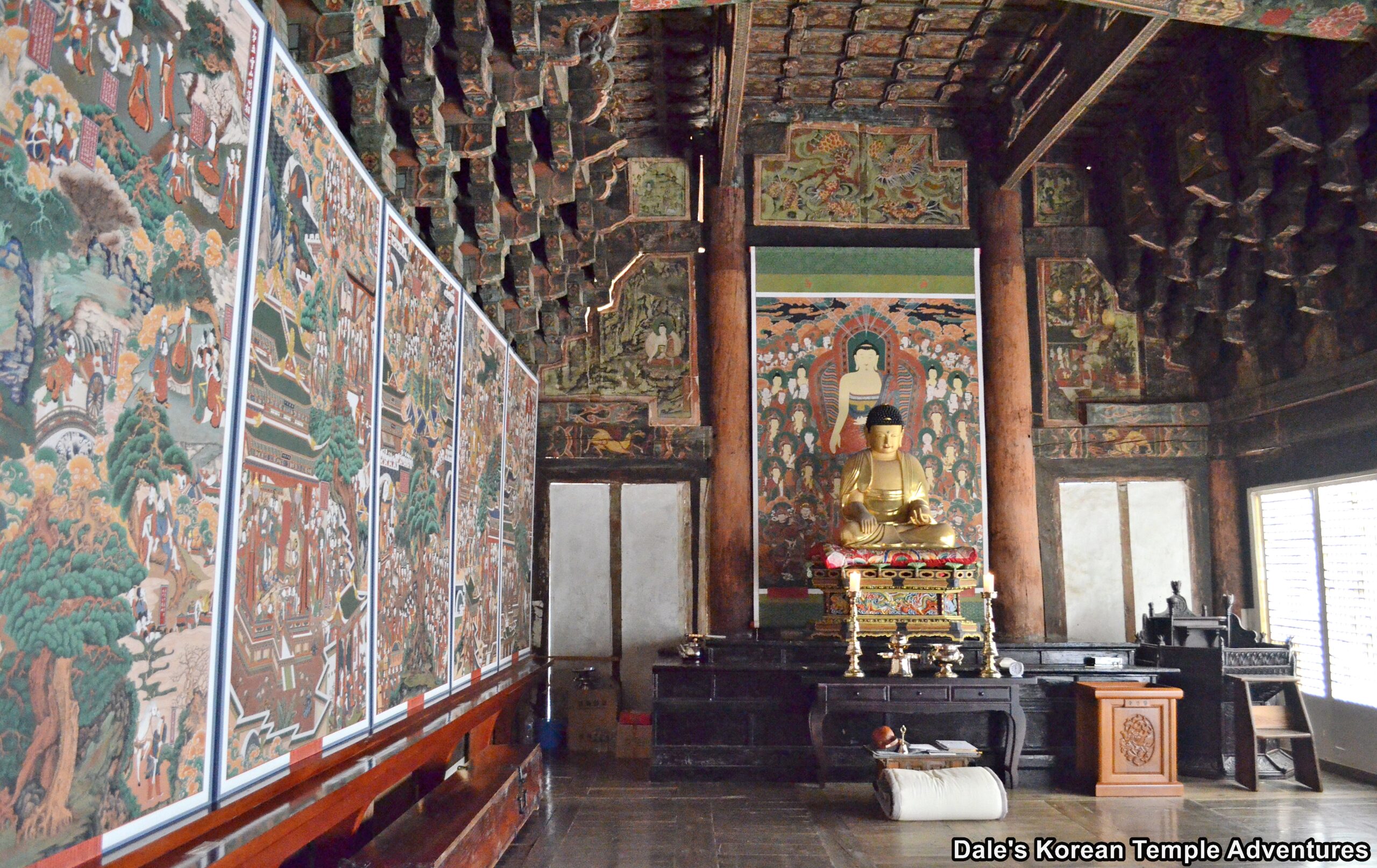
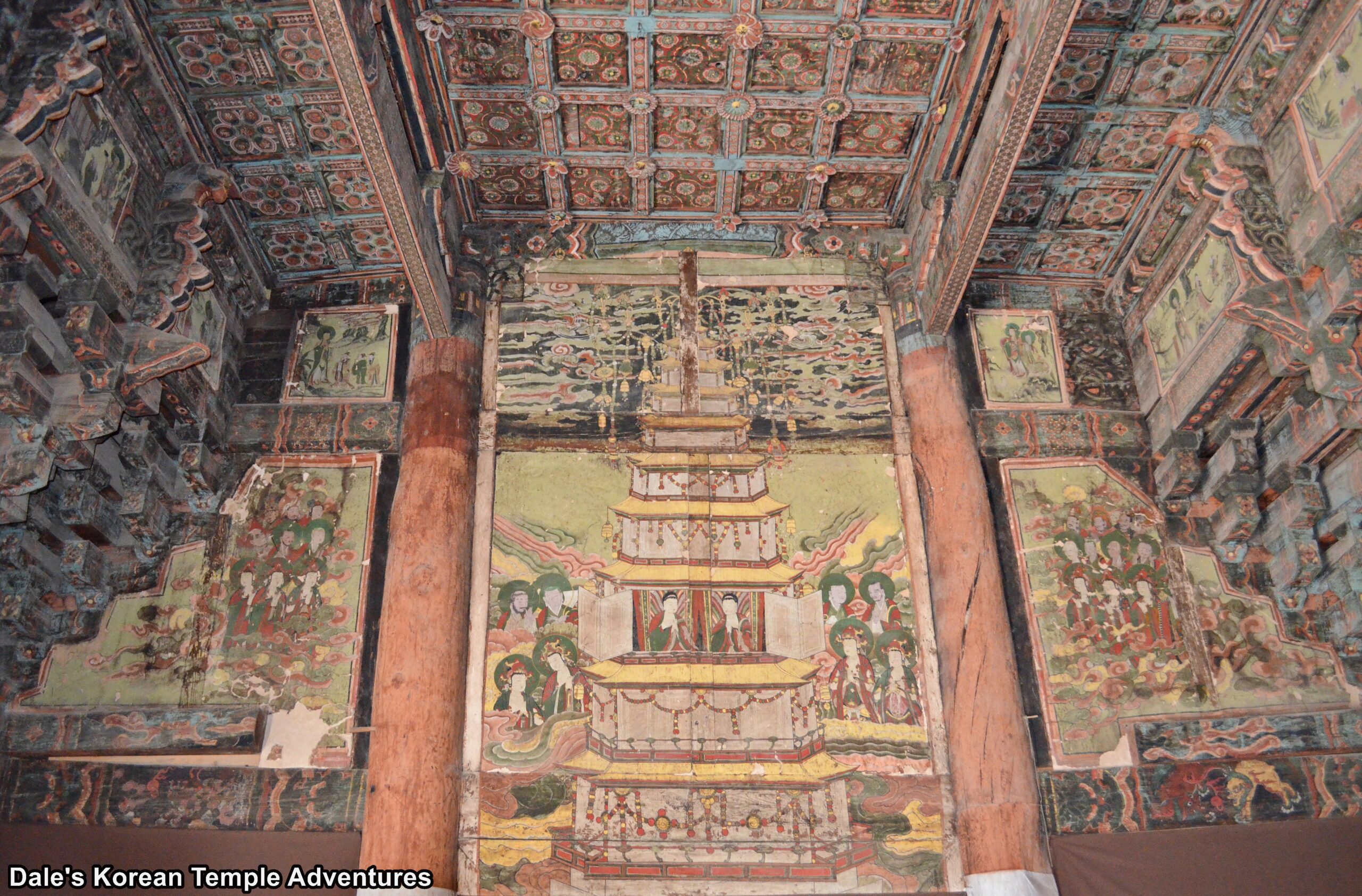
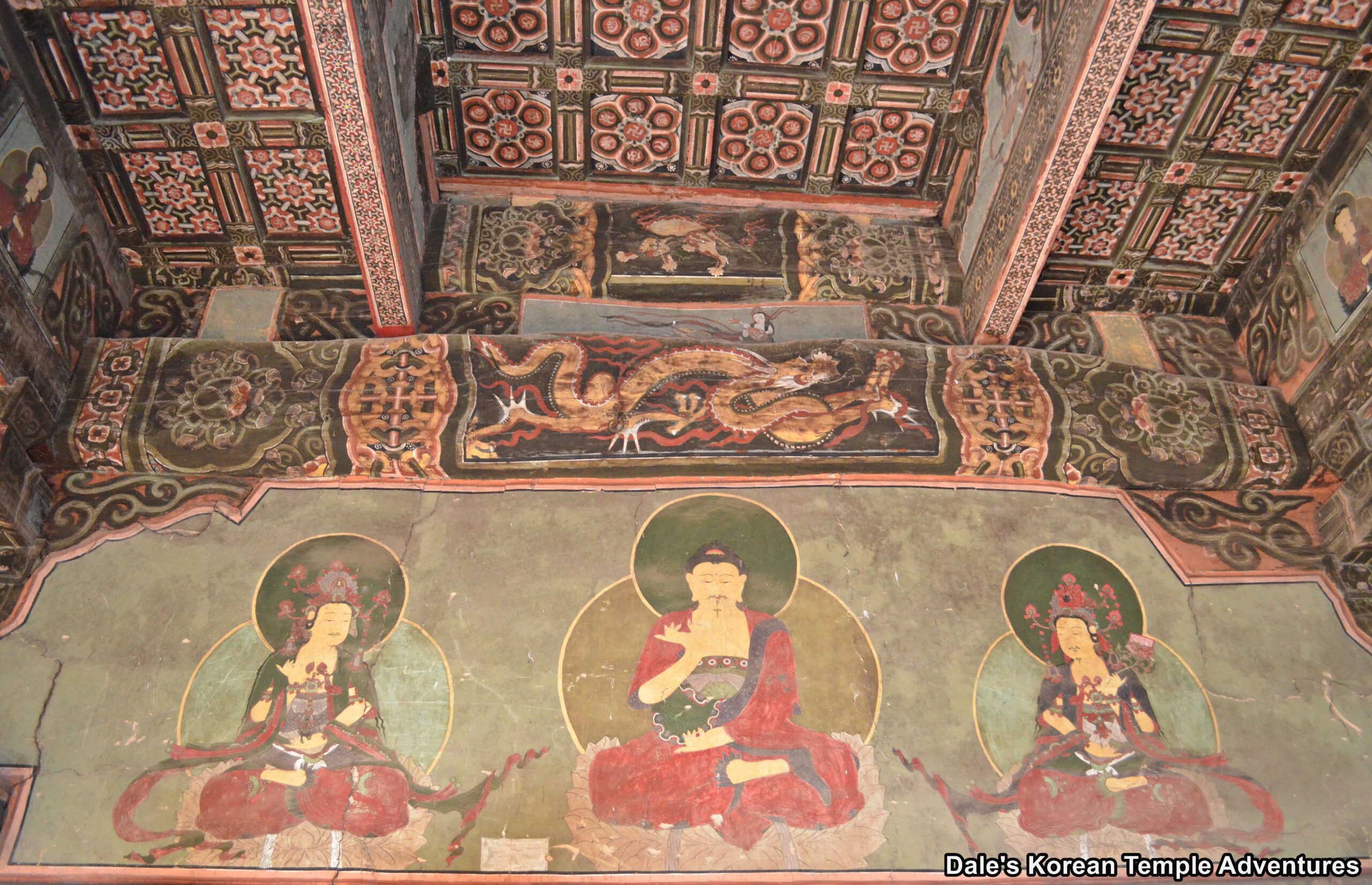



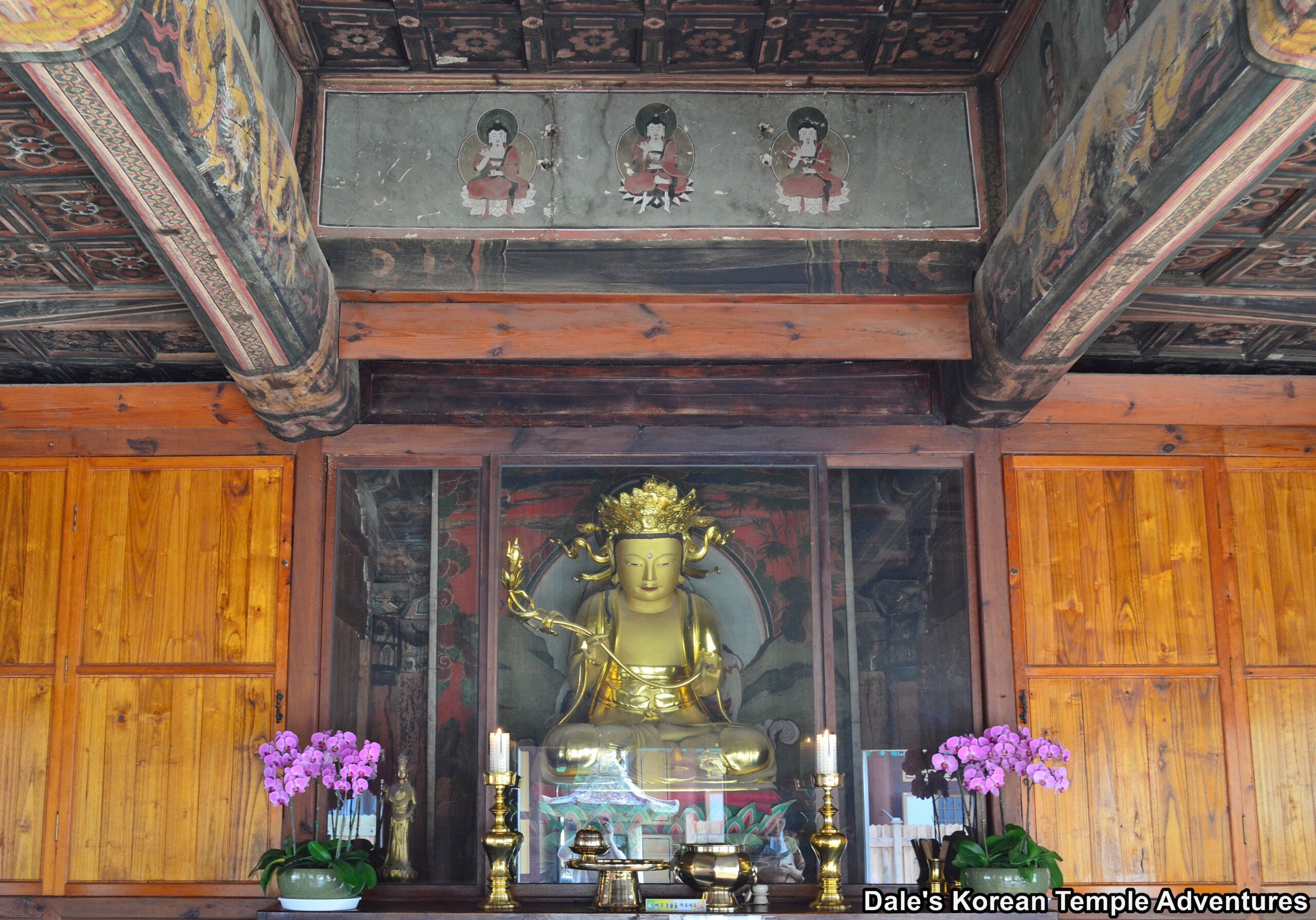
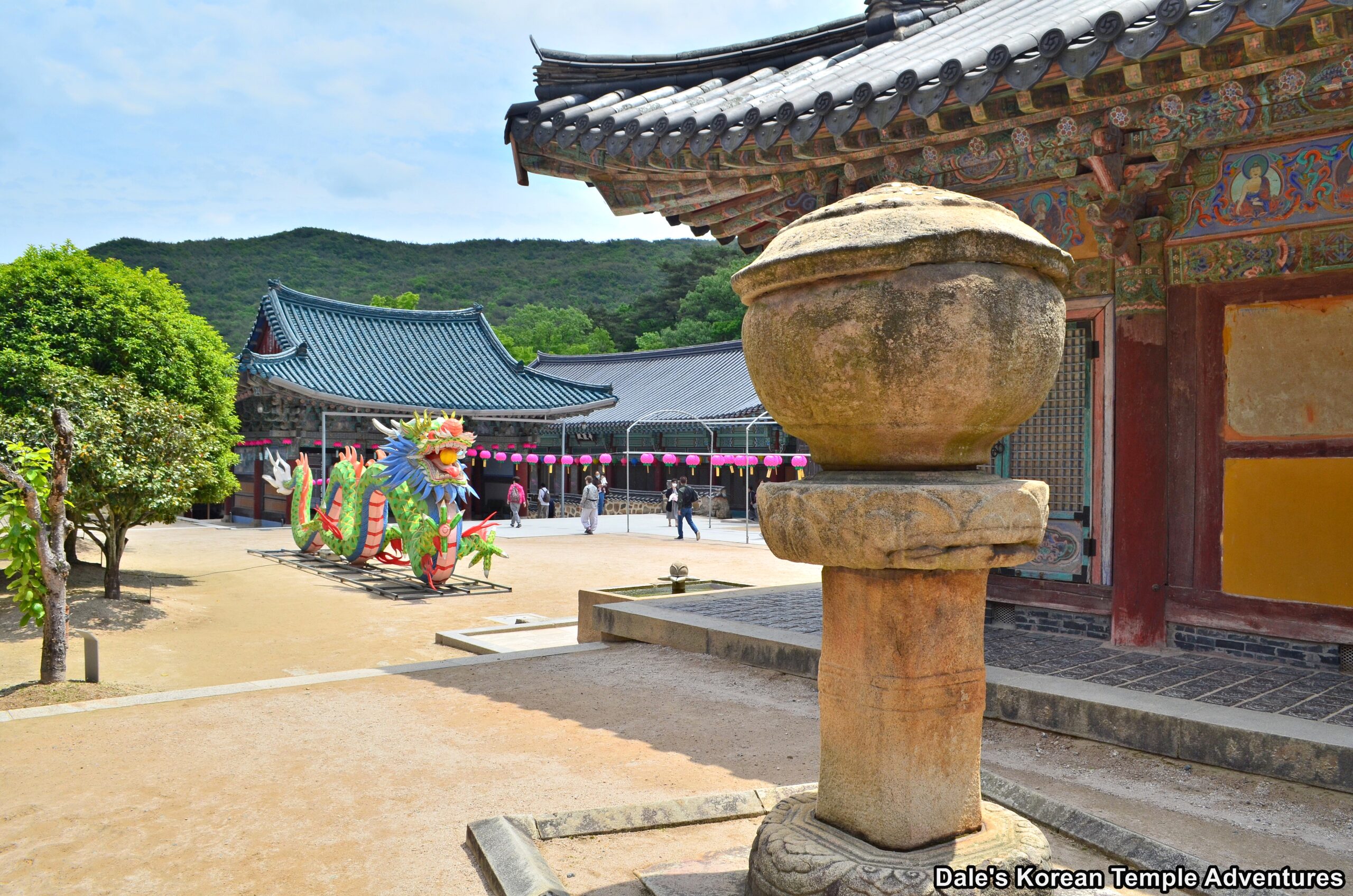
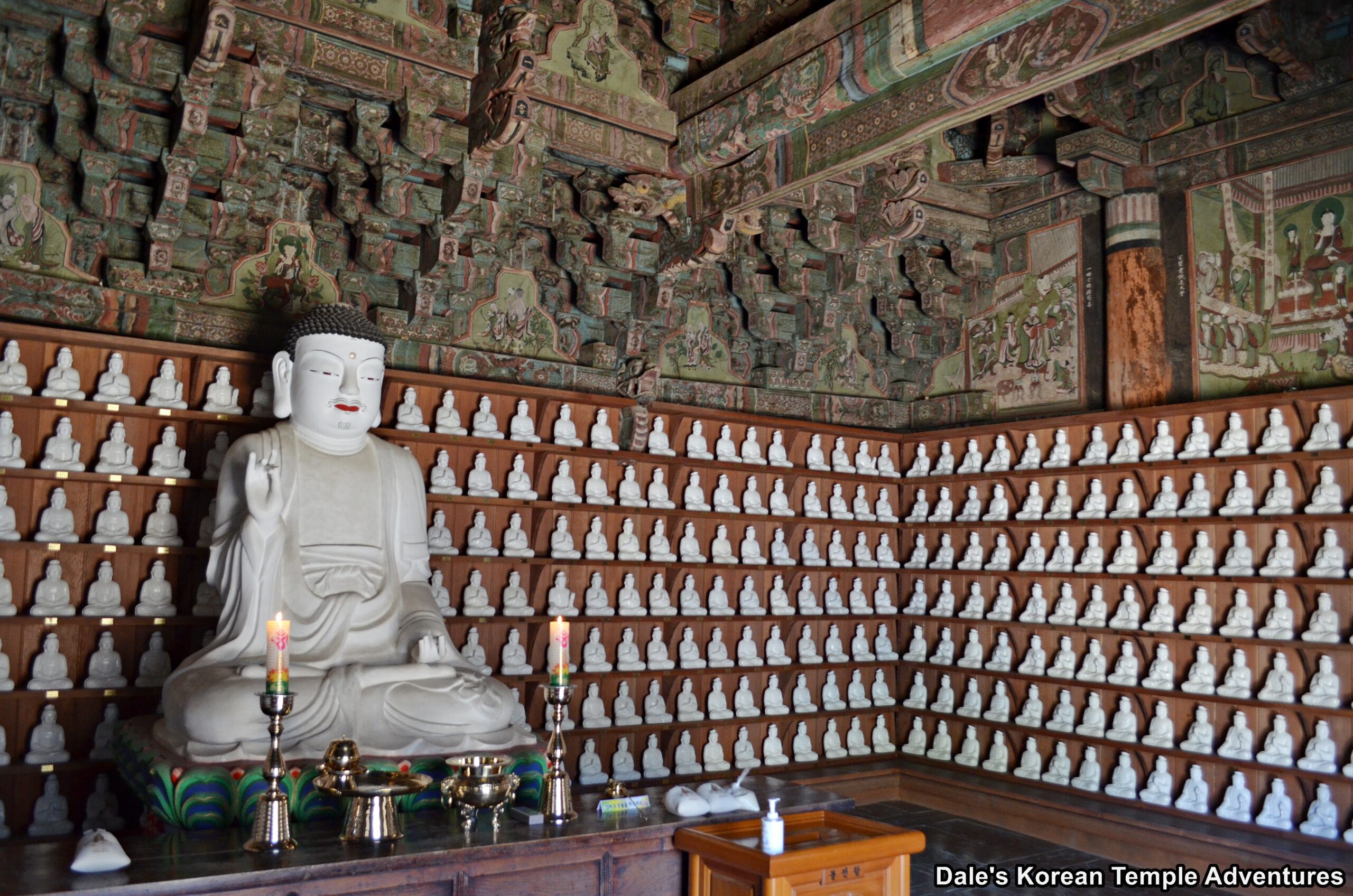
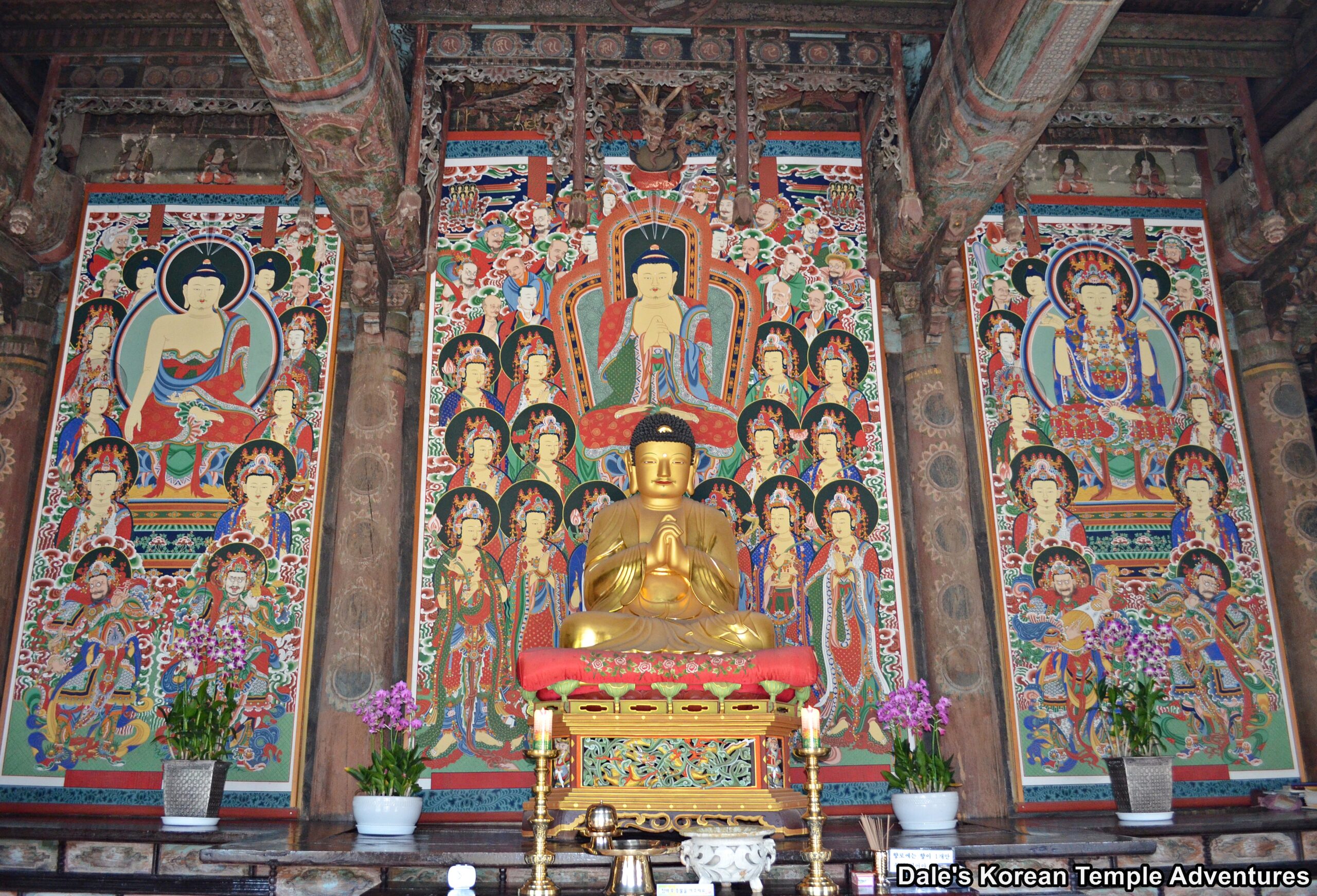
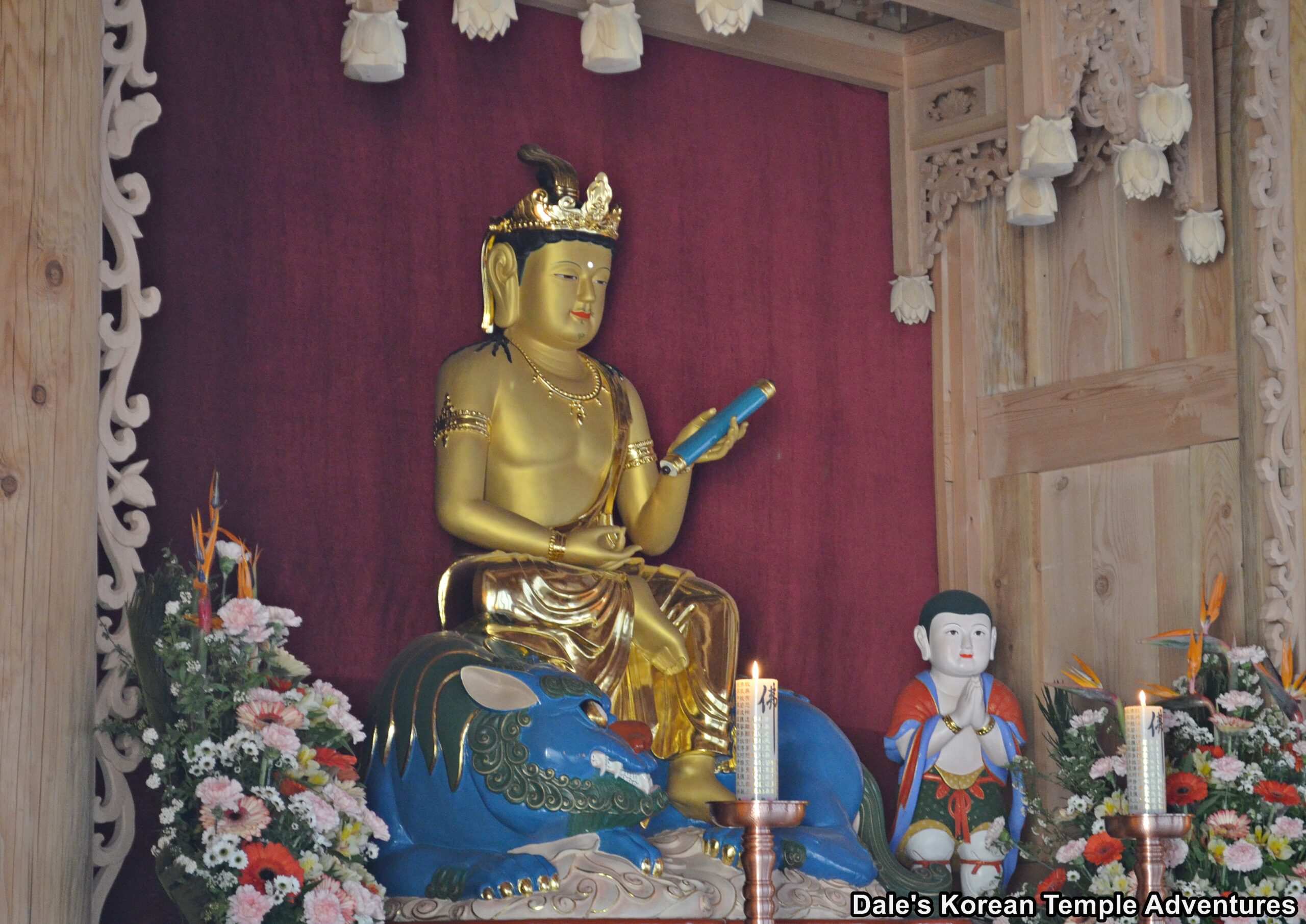
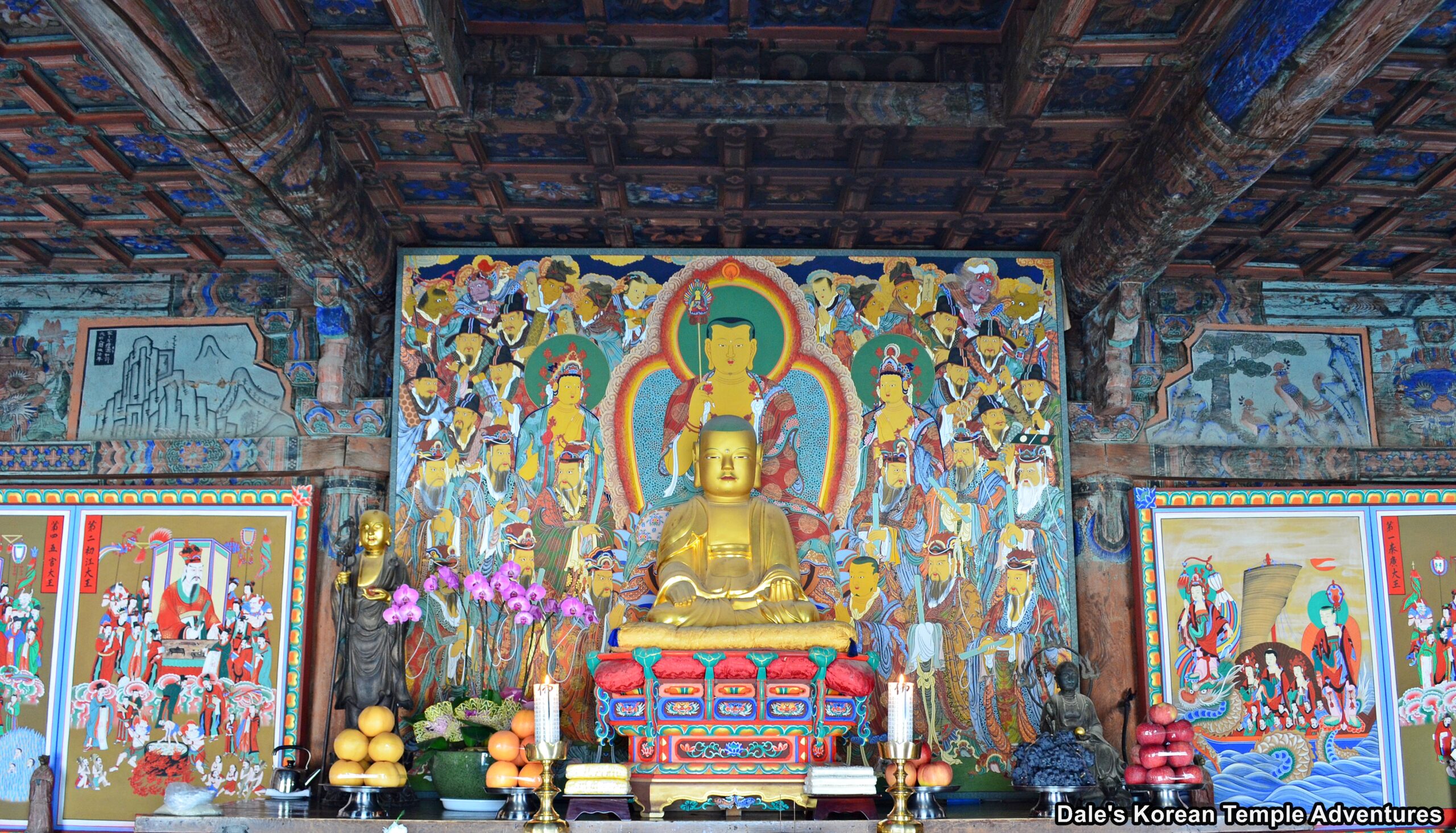
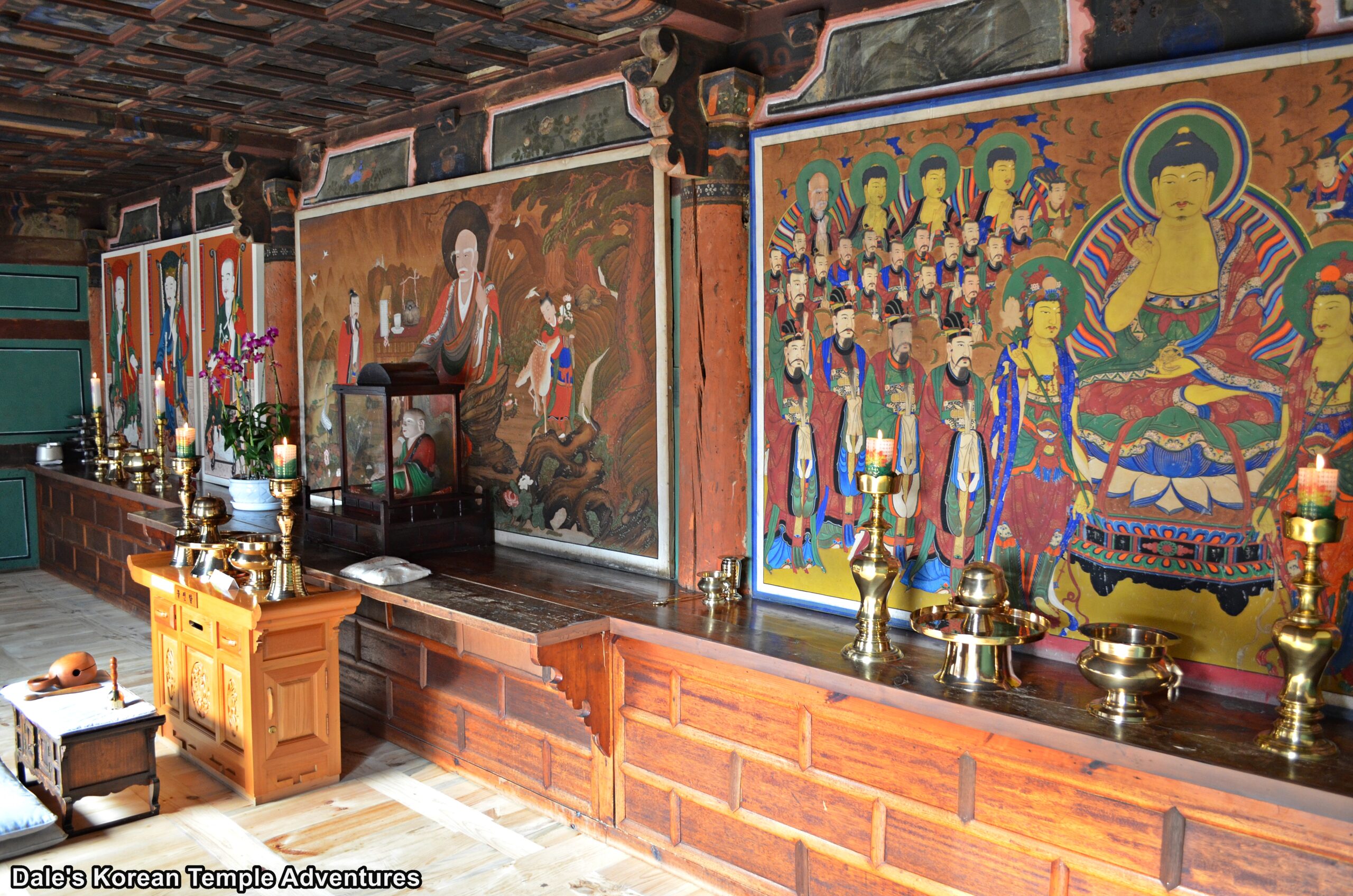
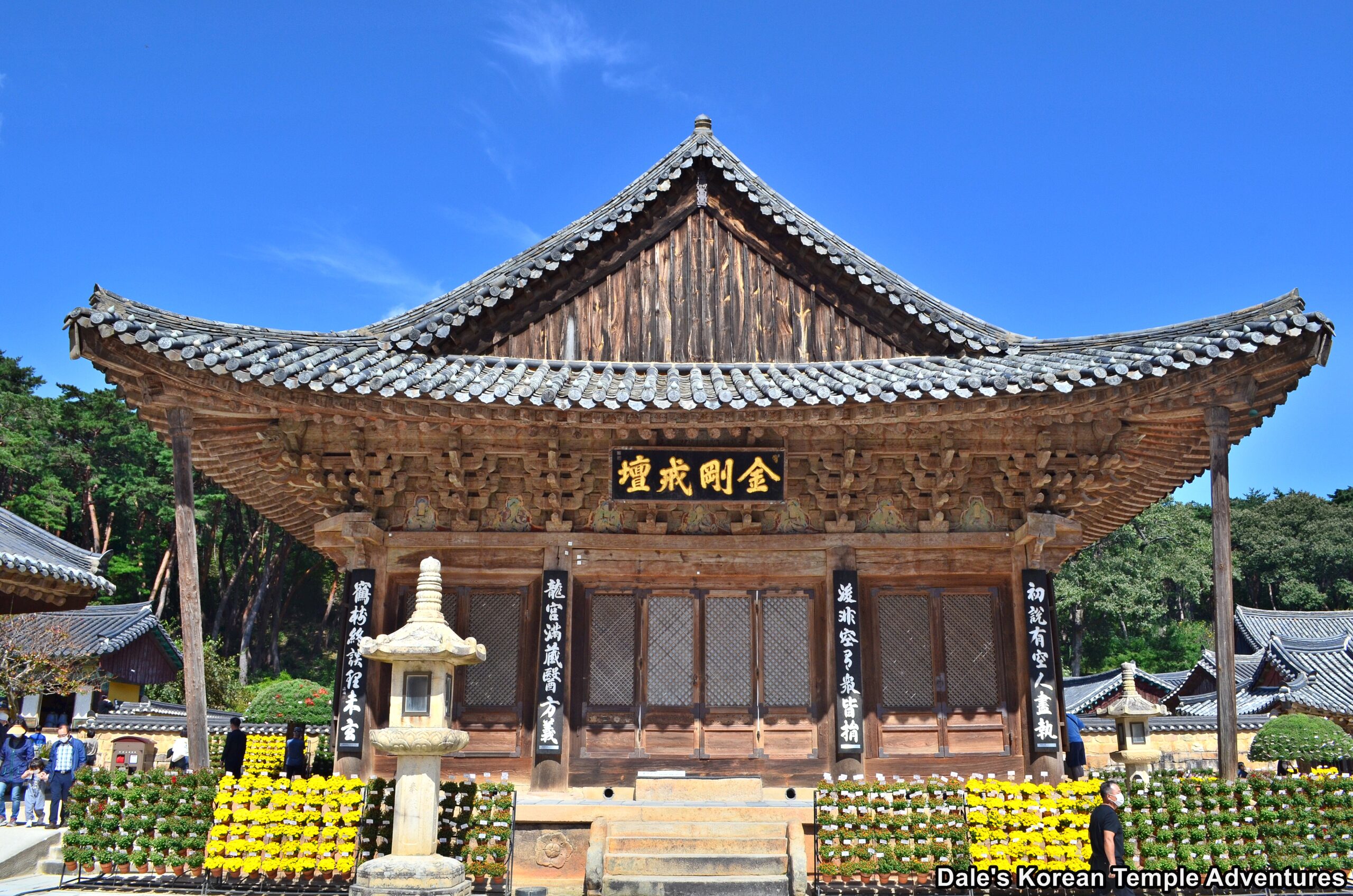
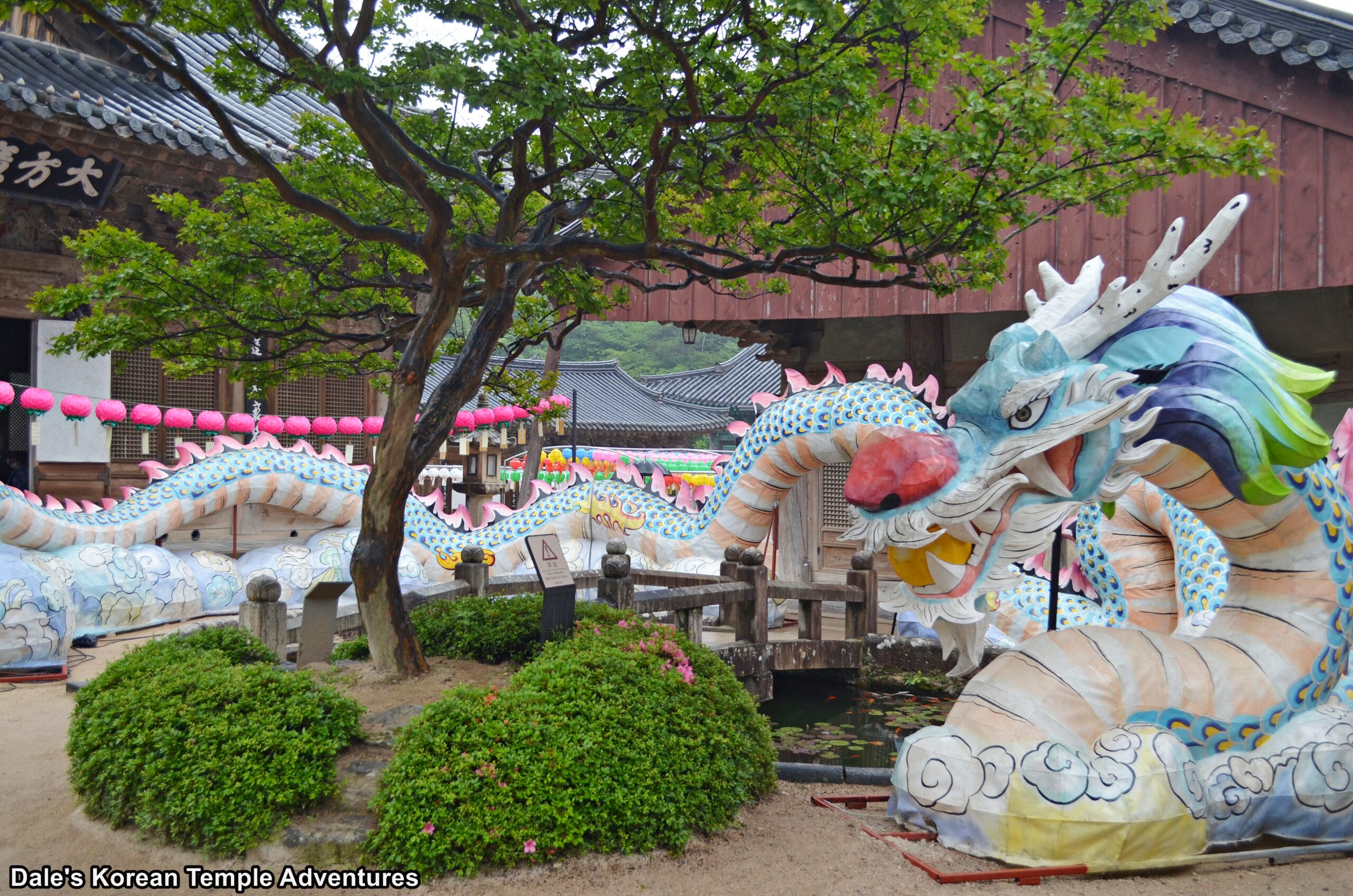

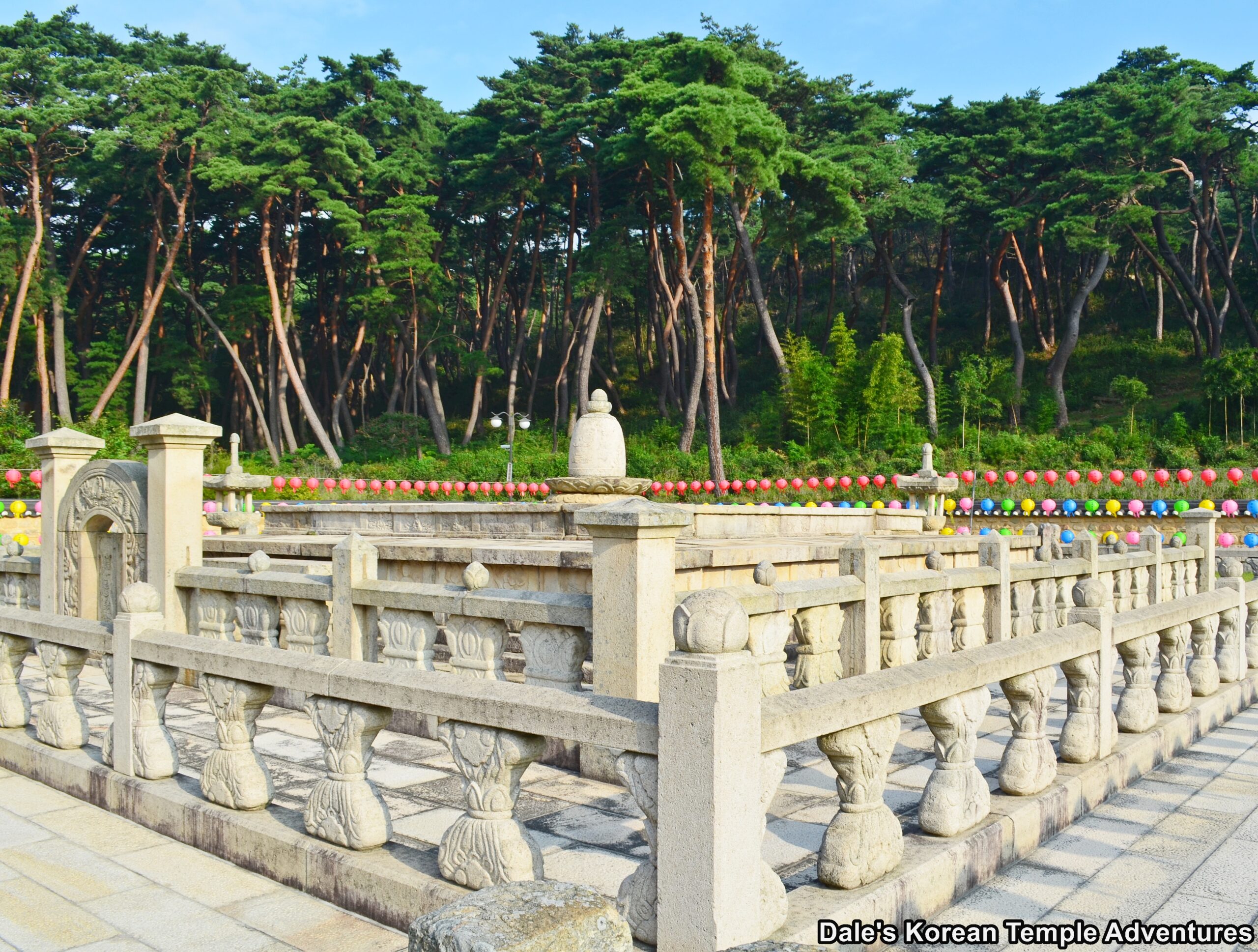
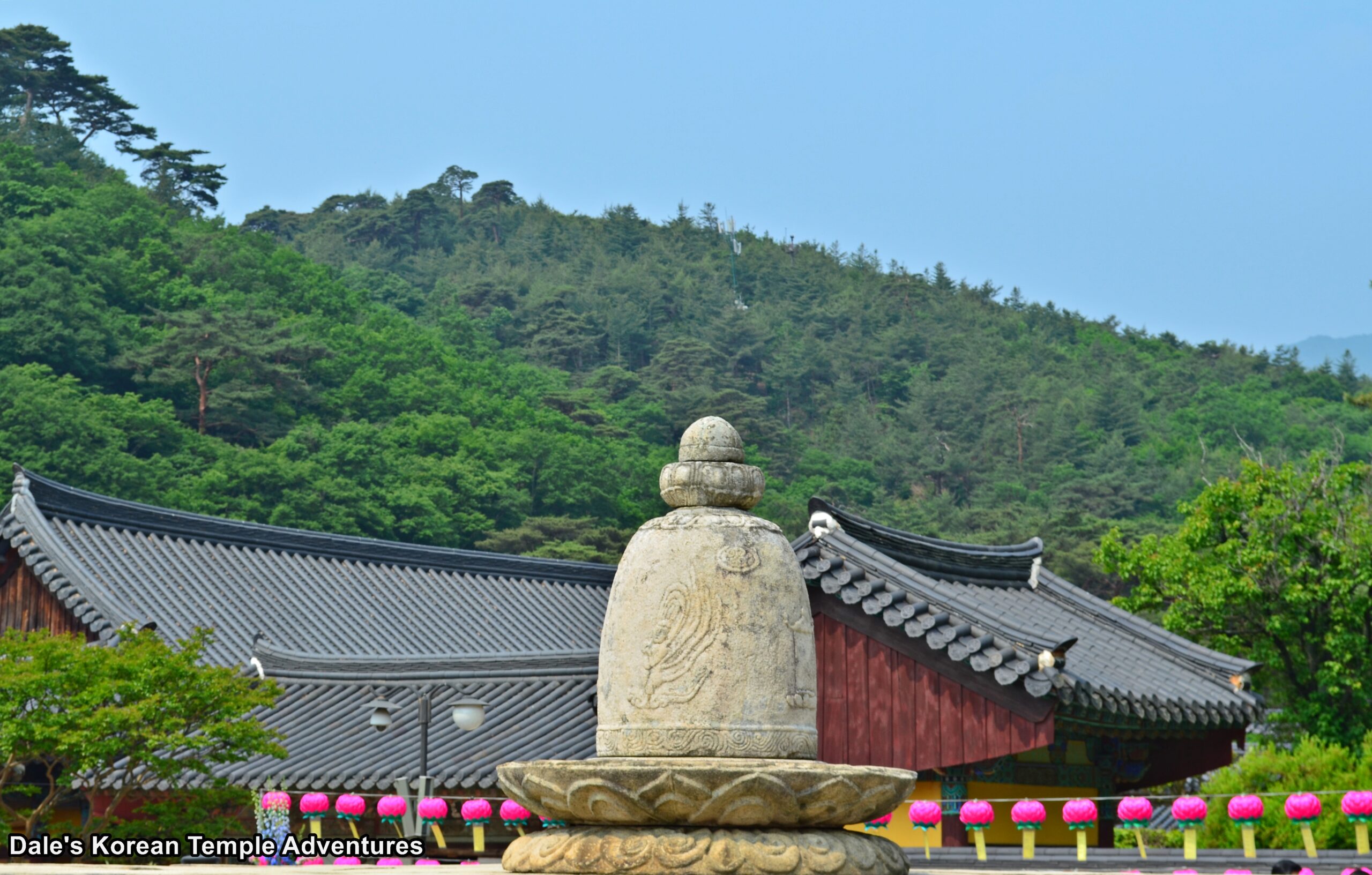
2 Comments
Mitzi Findlay-Cocper
Must visit this beautiful place
admin
Agreed. It should be at the top of everyones list.